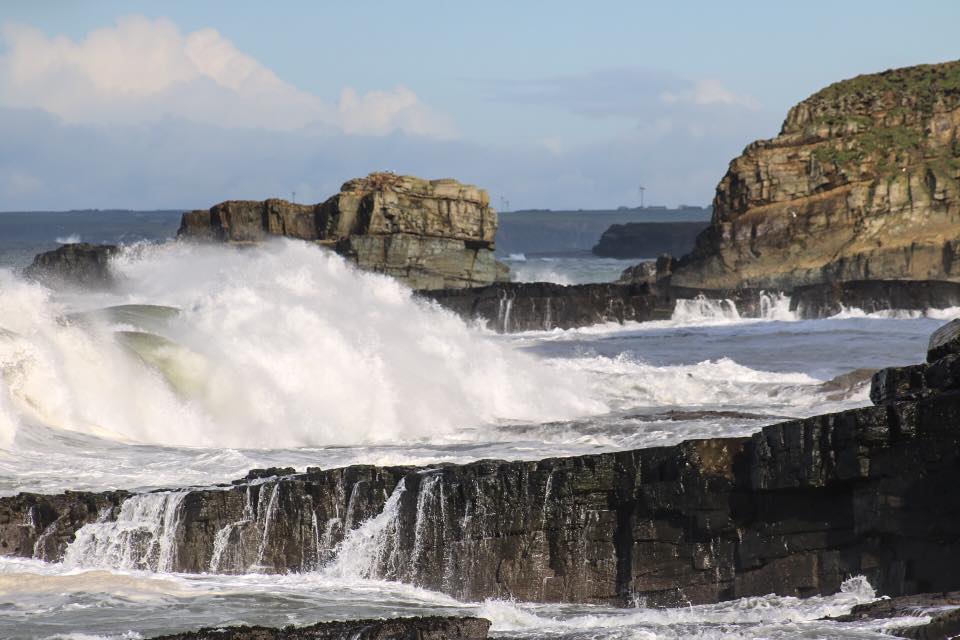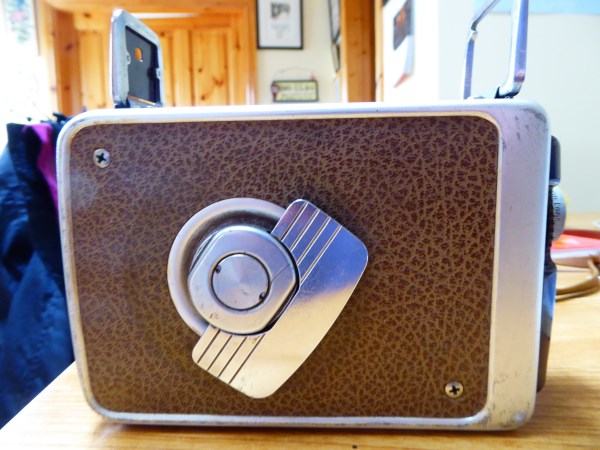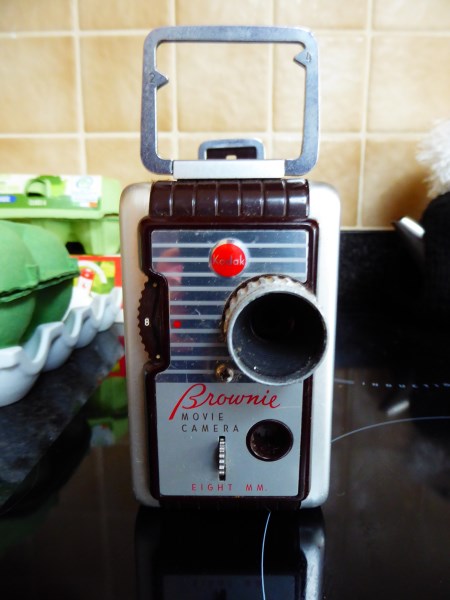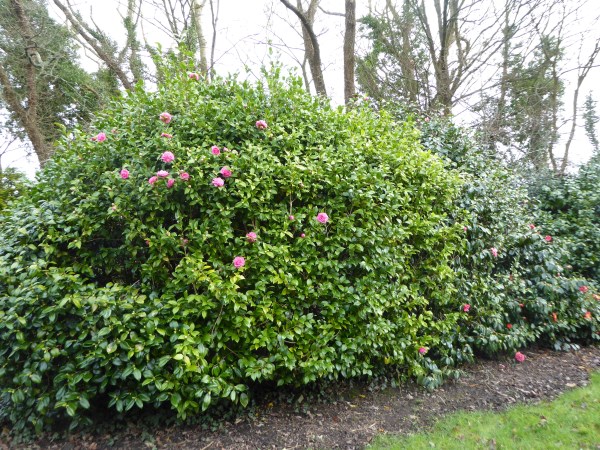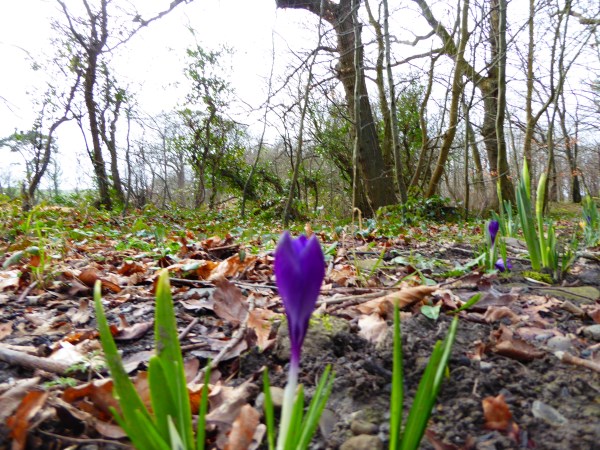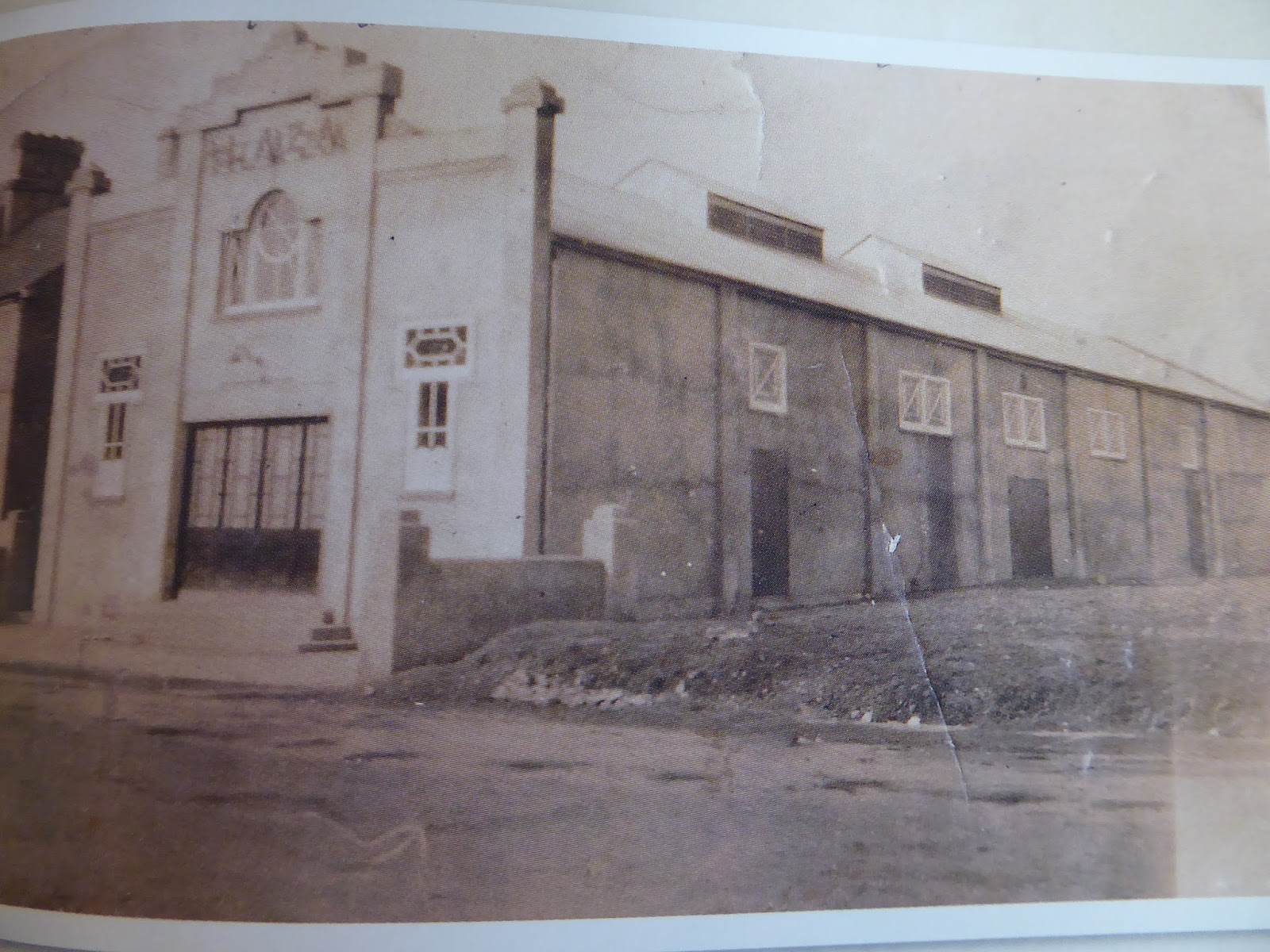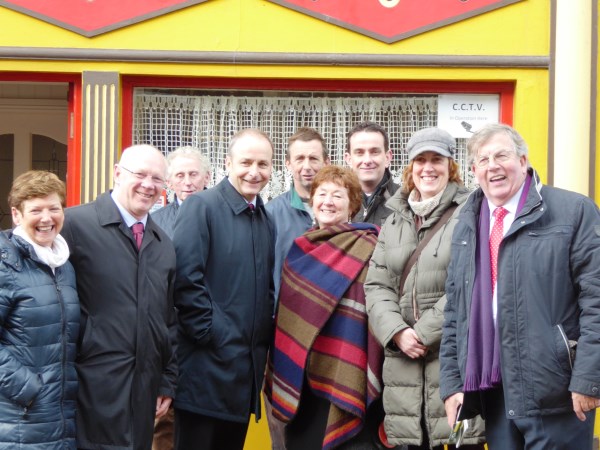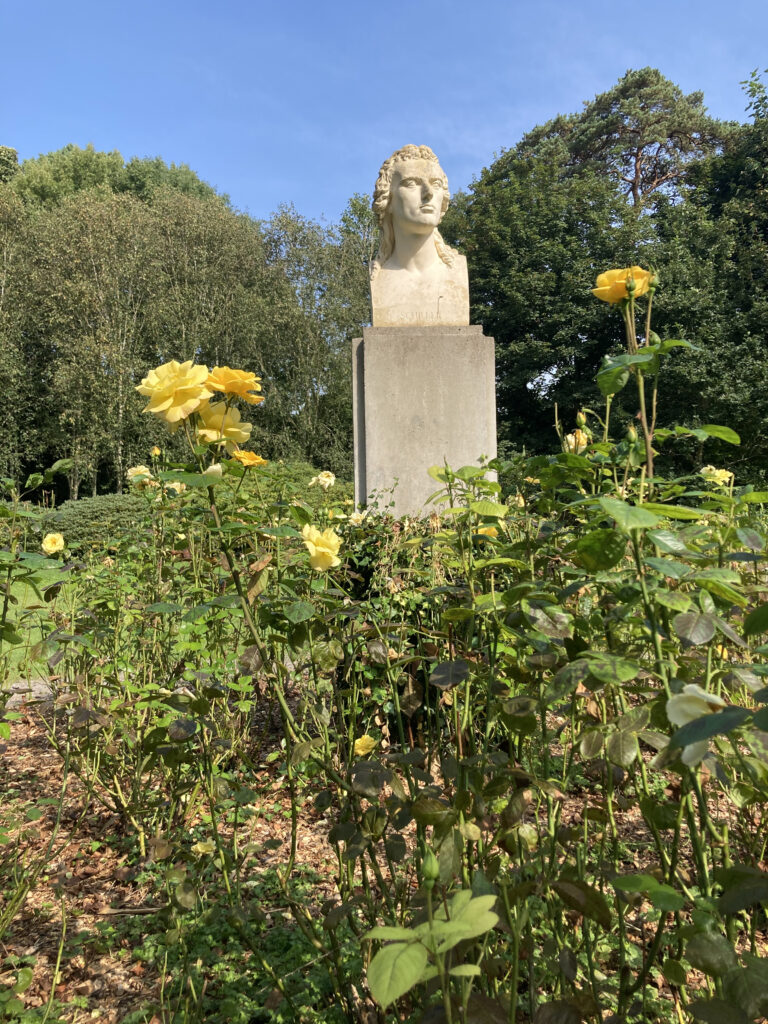
<<<<<<<<<<<<
The Old Rustic Bridge by the Mill
…Beneath it a stream gently rippled
Around it the birds loved to trill
Though now far away
Still my thoughts fondly stray
To the old rustic bridge by the mill
Thomas Peter Keenan
While I was in Castletownroche for my family wedding I took the opportunity to visit the most famous spot in the village.
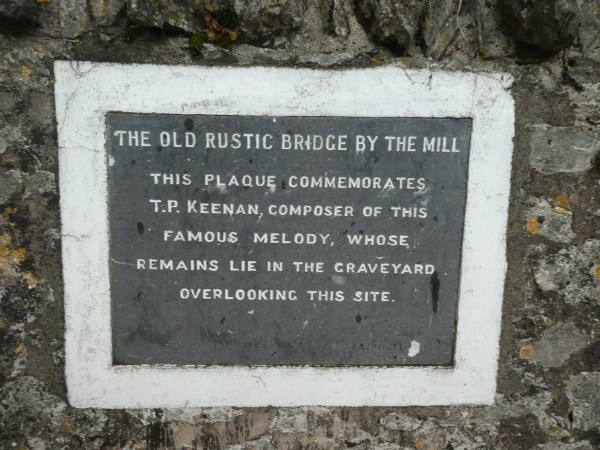
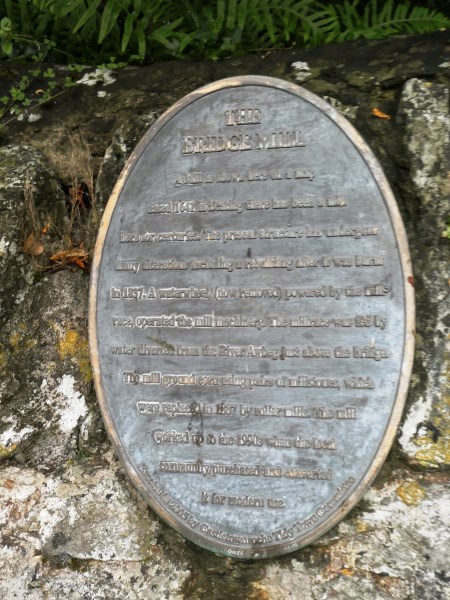
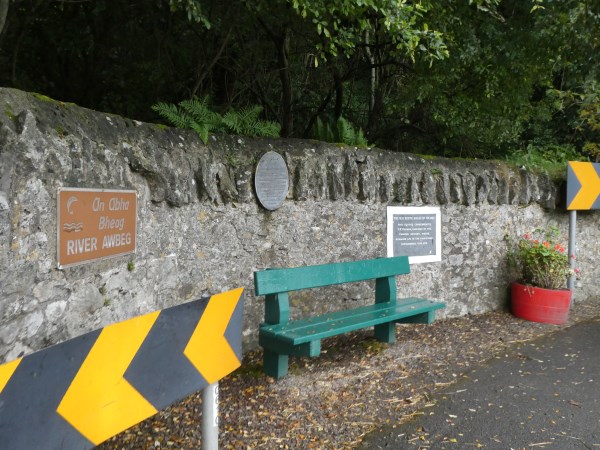
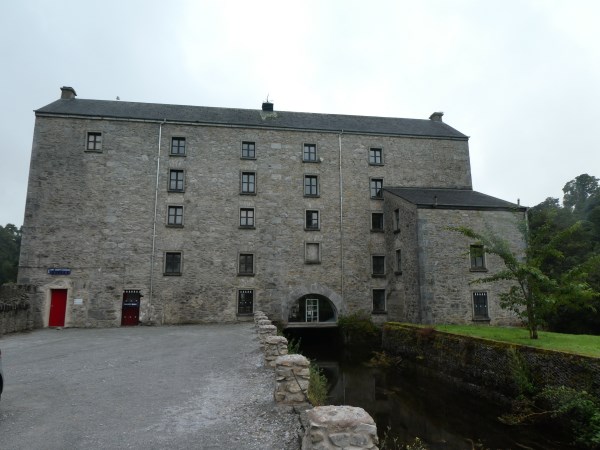
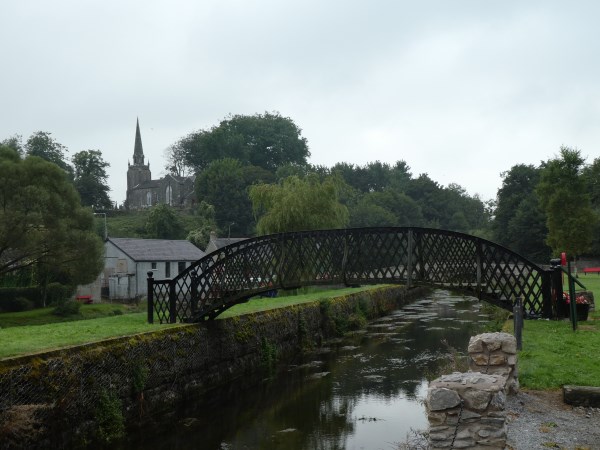
<<<<<<<<<<
A President of St. Michael’s (1902)
Death of a Priest.
Much regret will he felt by Kerry priests and Kerry men all over the world at the death of the Very Rev. Father Timothy Crowley, lately president of St Michael’s College, Listowel. Father Crowley was a native of Kilsarken, and received his earlier education at St. Brendan’s Seminary, Killarney. Going thence to Maynooth, he had a distinguished career, and was made on his ordination president of the Kerry Diocesan Seminary. Subsequently he made a tour in America collecting for the O’Connell Memorial Church, and on his return was appointed to the presidency of St. Michael’s College, Listowel. Failing health overtook him, and he passed away in his 54th year, to the great regret of his confreres in the diocese, who deplore the loss of so able a colleague.
New Zealand Tablet, 14 August 1902
<<<<<<<<<<<<<<
Carroll’s Hardware, The Square, Listowel
Martin Chute is doing an excellent job of signwriting on this iconic building in Listowel’s picturesque Square.
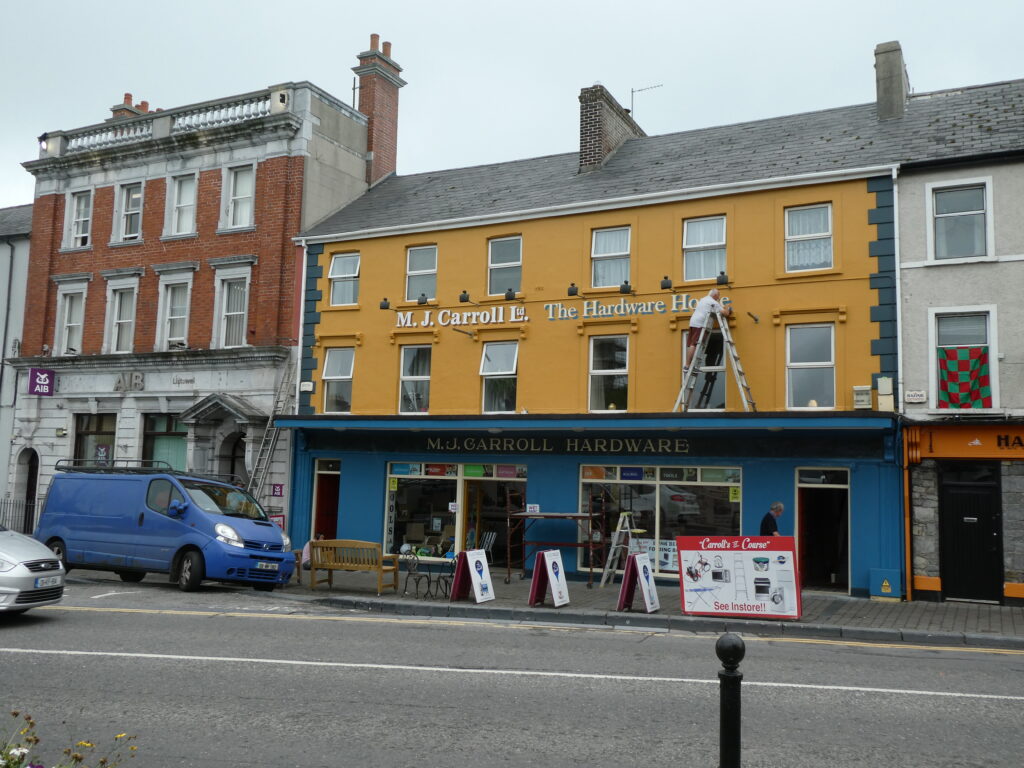
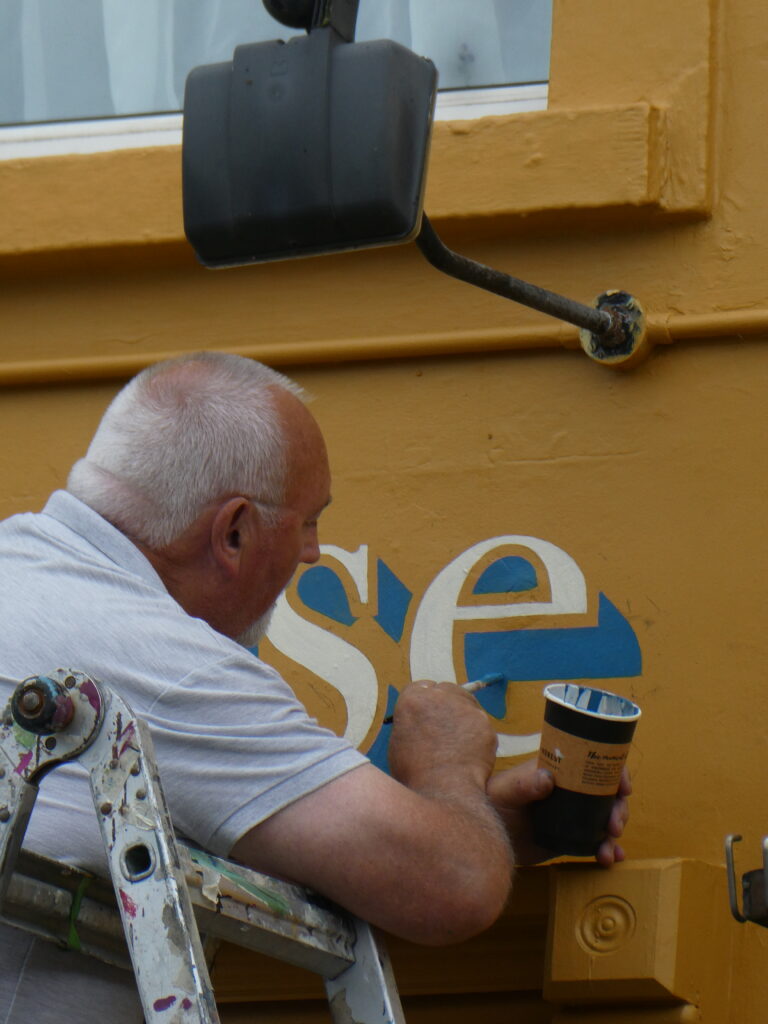
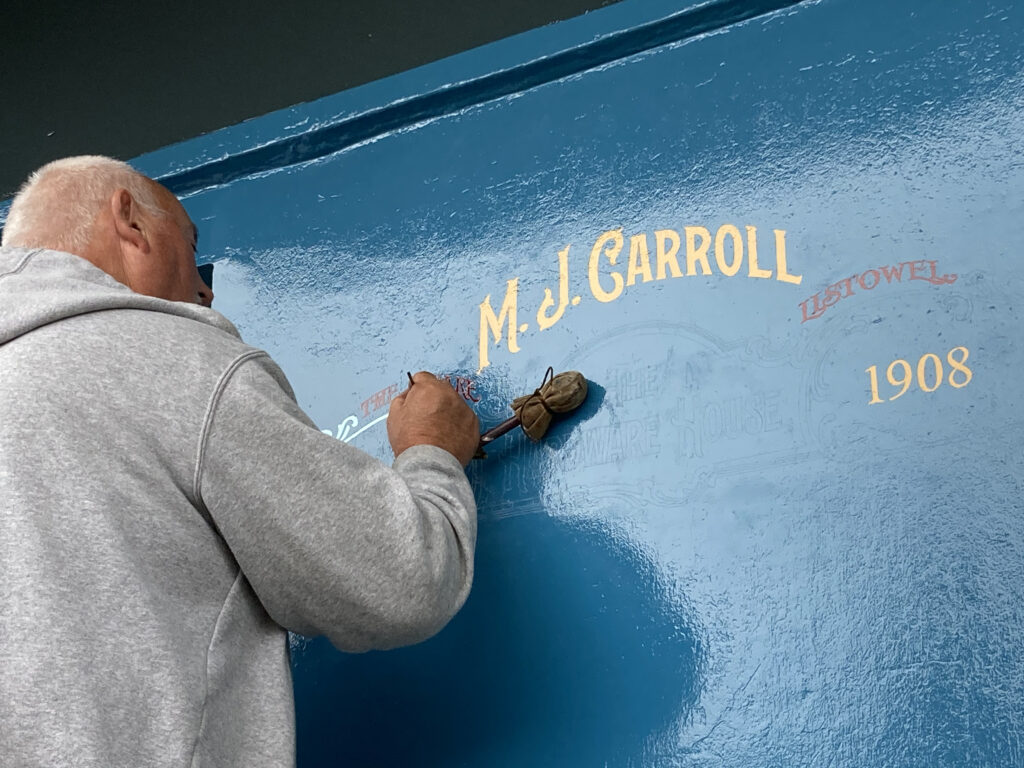
<<<<<<<<<<<<<
A Poem for Poetry Week
This poem by Delia O’Sullivan from her great book It’s Now or Never will give you food for thought.
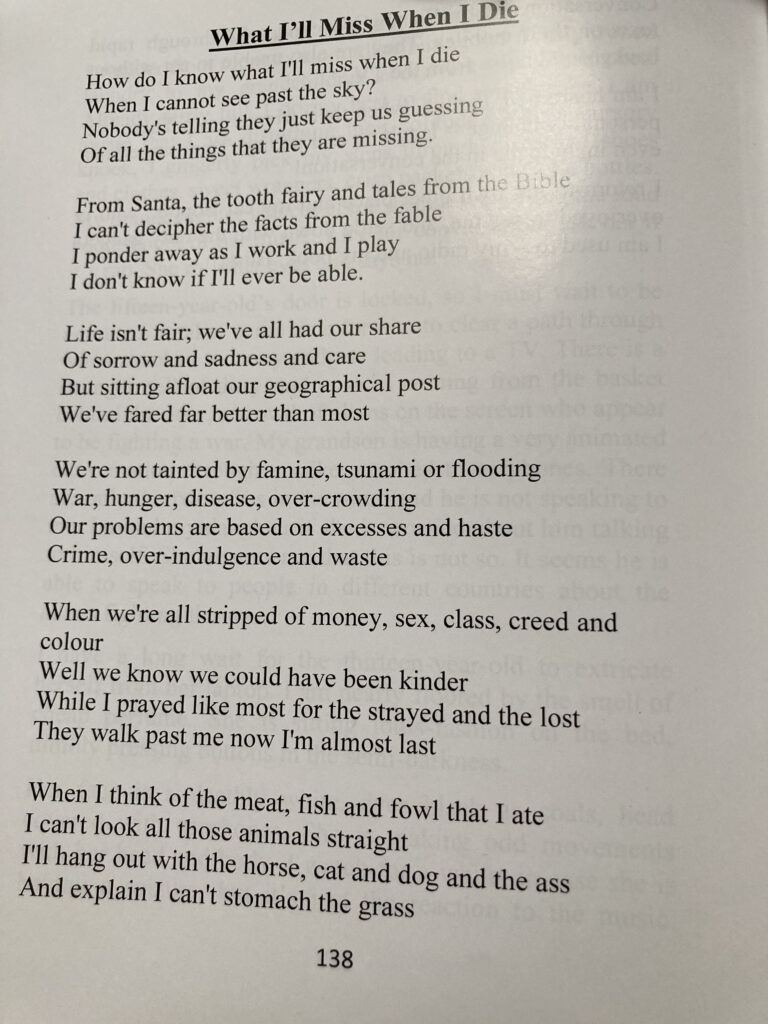
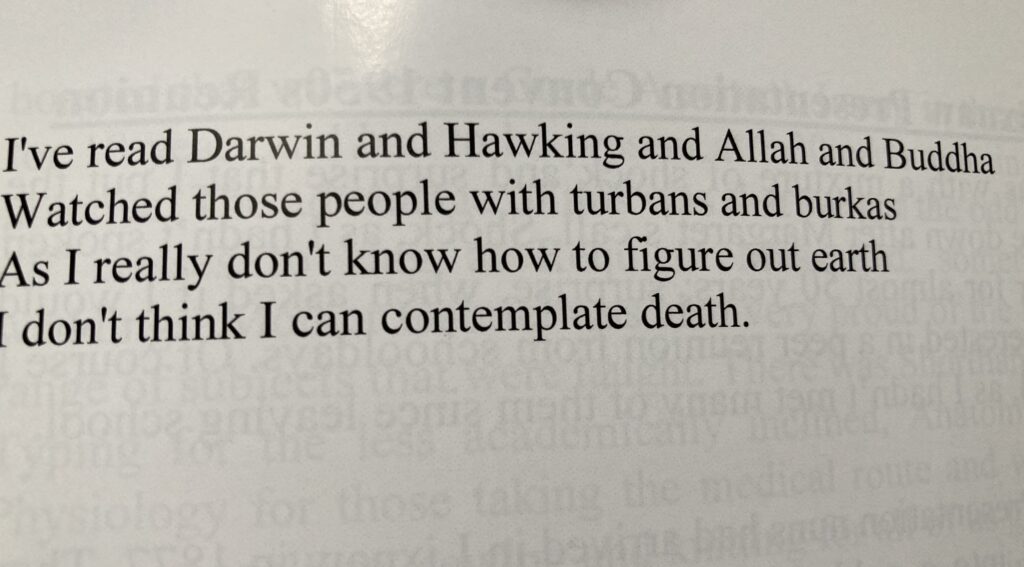
<<<<<<<<<<<<<<
Michael O’Connor Remembered
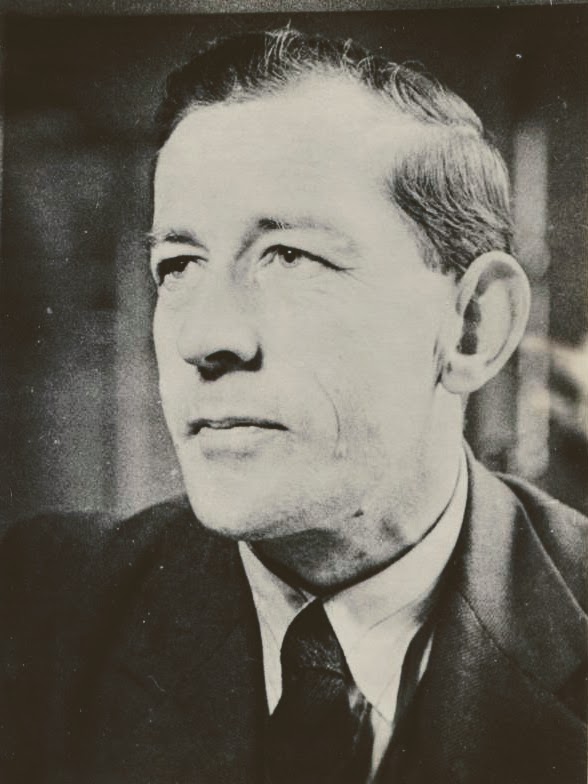
Plans are afoot to bring some of the works of this extraordinary but under appreciated Listowel born artist back to his family home at 24 The Square, now Kerry Writers’ Museum.
On today, September 17, the anniversary of Michael’s death, his son, Fr. Brendan O’Connor shares memories of his father with us.
Michael Anthony O’Connor (1913-1969)
Although it is over 50 years since the passing of my late father, on 17th September 1969, I still have fond memories of seeing him stooped over his drawing board in the evenings, with paints, brushes, pens and quills arranged on the table beside him. He would work patiently for hours on end, usually after we had all gone to bed when he would have less distractions.
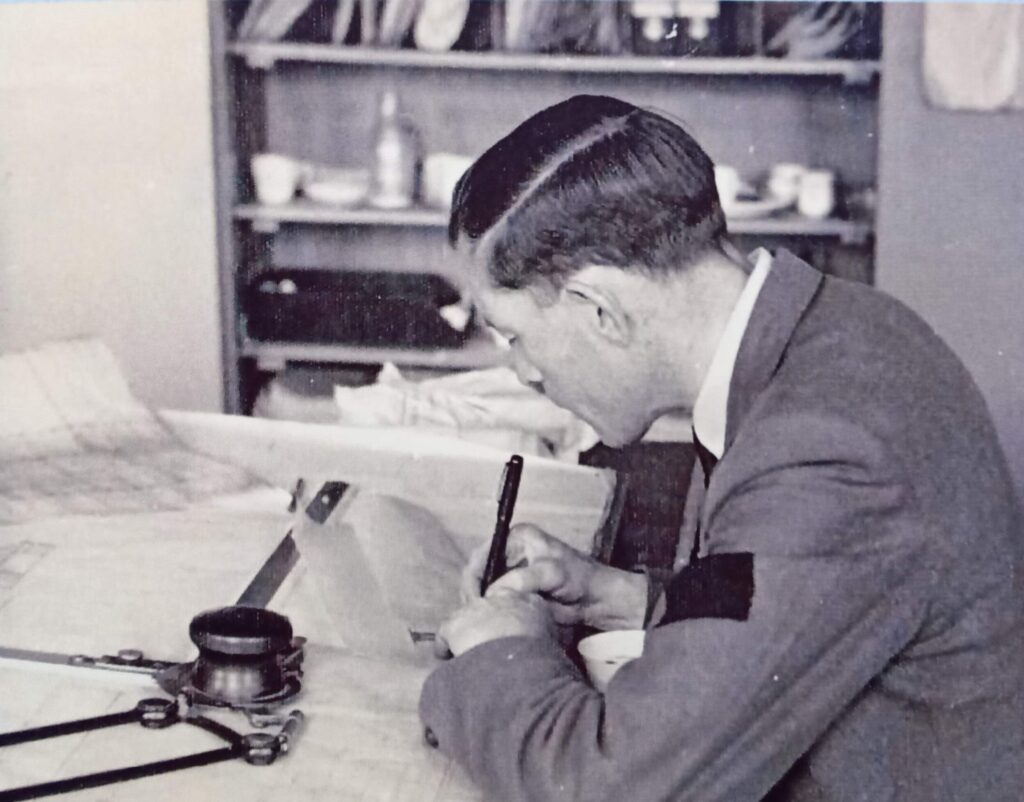
His concentrated and painstaking artistic work reflected his good-humored and patient manner. He never had to raise his voice.
“What did your mother tell you?” was enough to convey that it was time to obey.
We looked forward to his return from the office every day – his professional work was as an assistant architect in the Department of Transport and Power – but especially on Fridays when he would bring some chocolates for us and a treat for my mother.
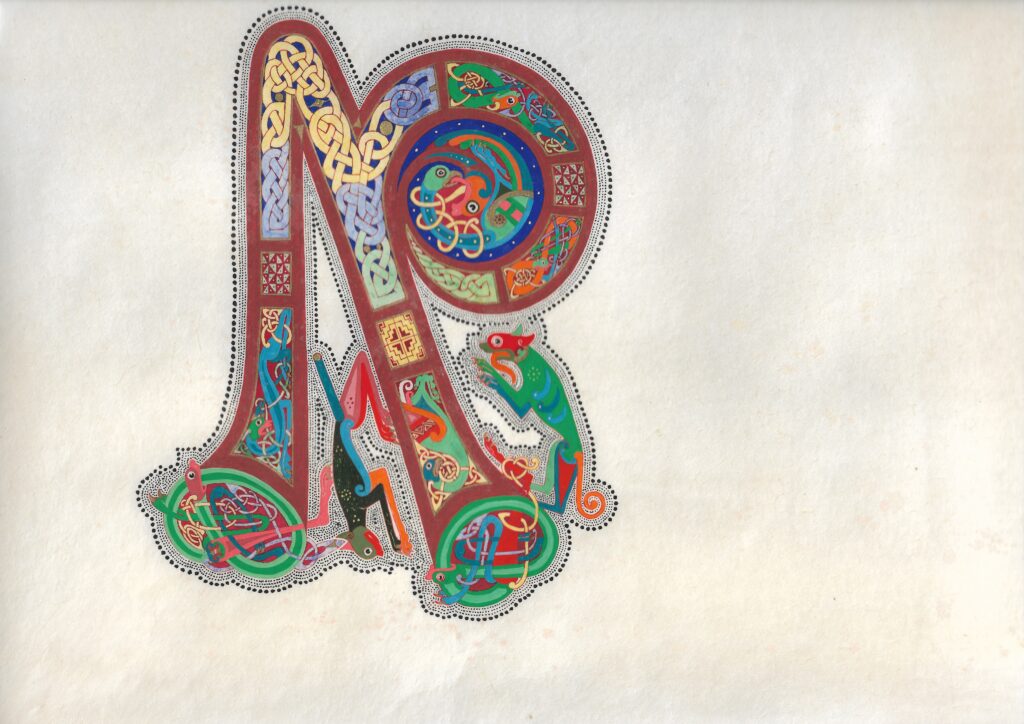
We were so accustomed to his artistic creations that we didn’t fully appreciate the originality, skill and dedication he brought to his art. He had the humility to continue working at a very high level of achievement without seeking to be known or appreciated. The completed work was its own reward.
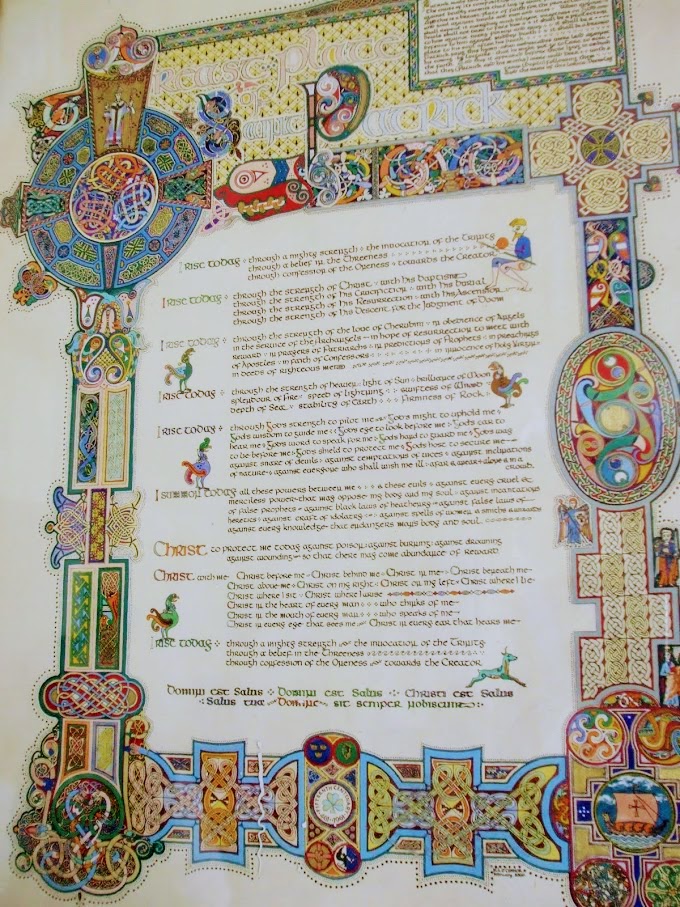
This is shown in particular in the “Breastplate of St Patrick” – a family heirloom which he produced for his own enjoyment in 1961 to celebrate 1,500th anniversary of the national saint.
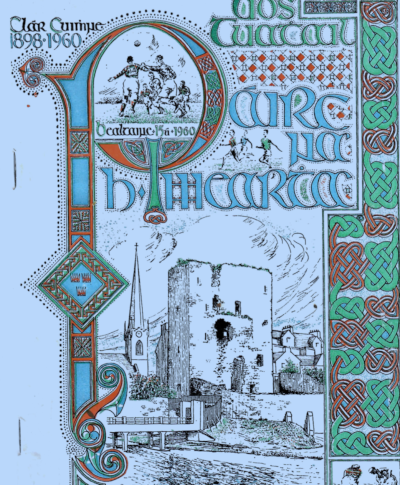
He responded generously to requests for illuminated commemorative scrolls and the like. He also completed a number of commissions for official government purposes, but of all of these we have little data.
Although original illuminated artwork and calligraphy in the Celtic style was not much appreciated at the time, a small circle of friends and acquaintances were aware of the quality of his achievements. Prof. Etienne Rynne and Maurice Fridberg have left written testimonies of their appreciation.
Mr Fridberg, an Art Collector, wrote in a letter to the President of Ireland in 1972 –
“Michael O’Connor was in my opinion the greatest artist of modern Celtic Illumination in this century. “
Although obviously influenced by the Book of Kells, his own individuality comes through every letter.” Prof. Rynne, wrote an article on the revival of Irish Art in an American journal, also in 1972, in which he said “O’Connor, however, produced much excellent work, notably in the form of beautifully illuminated letters. Although a master-craftsman and an original worker he depended somewhat more on the ancient models and on neat symmetry than did O’Murnaghan. … With the death in 1969 of O’Connor, the ranks of first-class artists working in the ‘Celtic’ style were seriously bereft.”
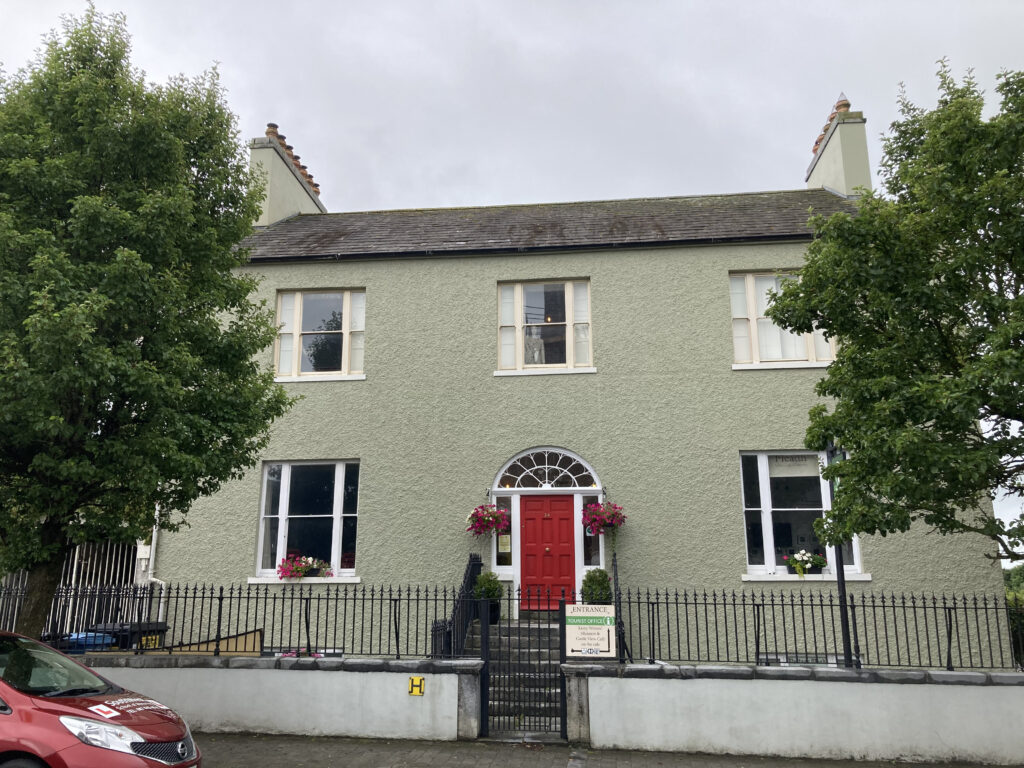
Michael O’Connor was born in No. 24, The Square, Listowel in 1913. He married Margaret Walsh in 1950 and they had four children, Michael, Brendan, Gerardine and Aidan. We used to enjoy memorable visits to the family home on the Square when we were children and were especially proud of the Castle in the garden!
It would indeed be a very fitting if belated tribute to his contribution to the ancient Irish artistic heritage and culture to have his available works displayed in his ancestral home in Listowel.
Brendan O’Connor (Rev.)
<<<<<<<<<<<<<<

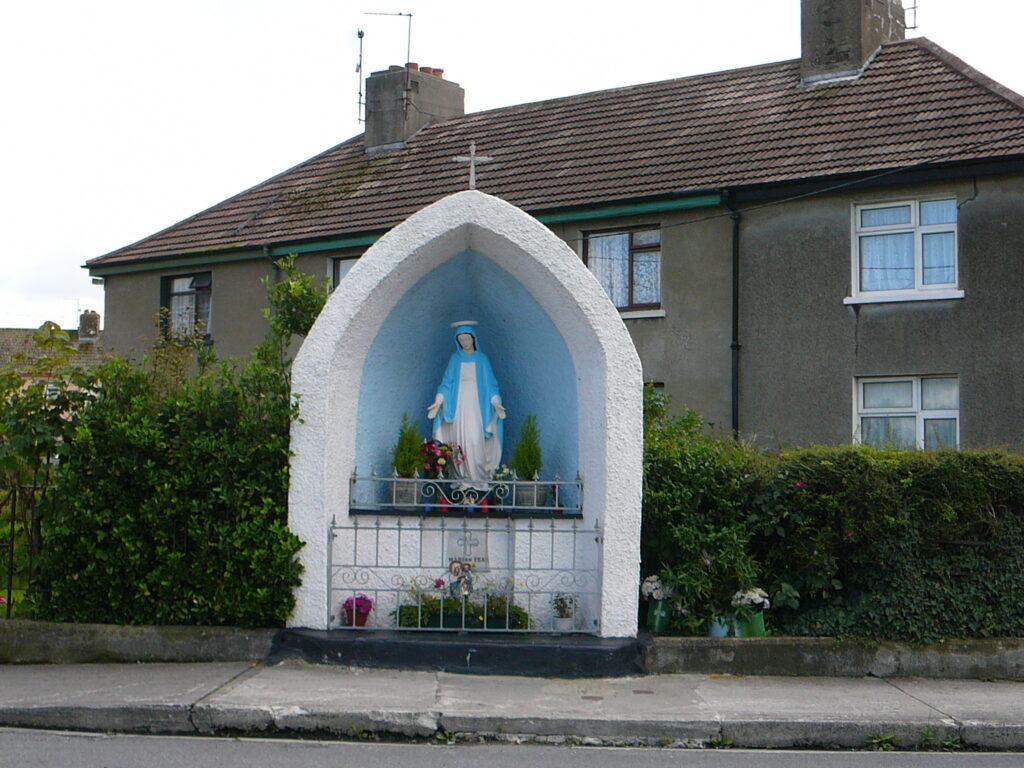
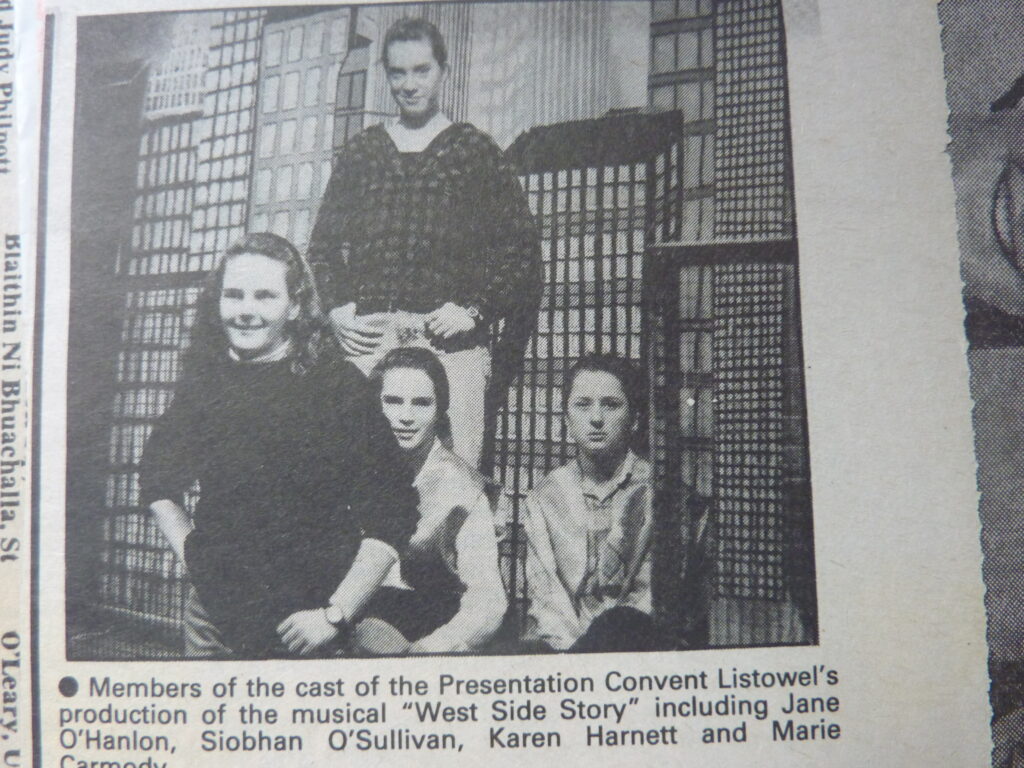
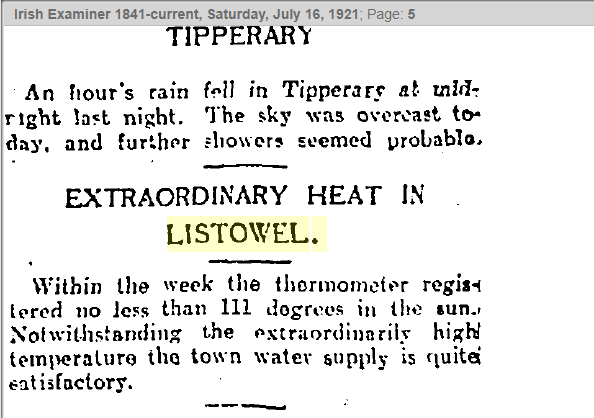
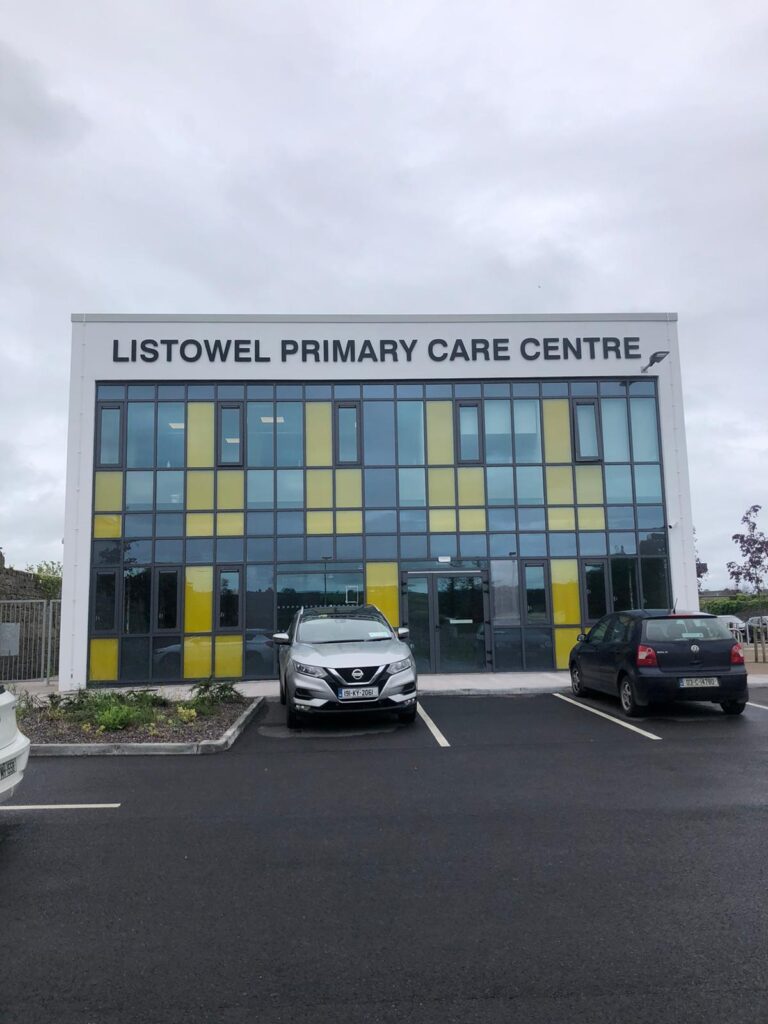
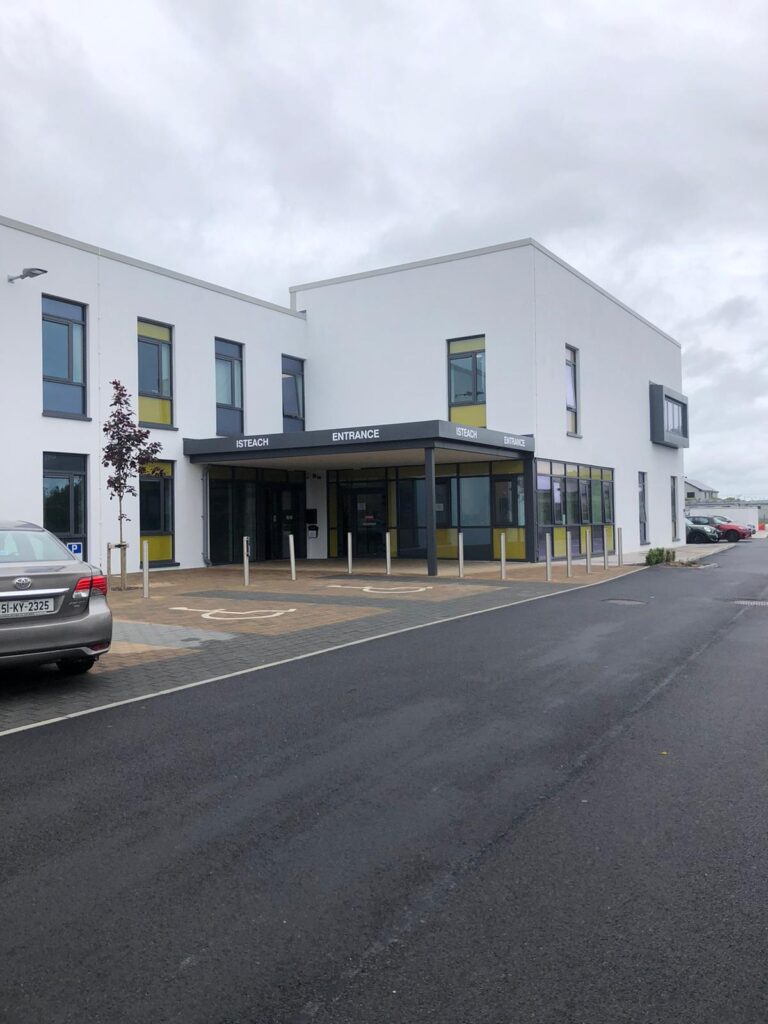
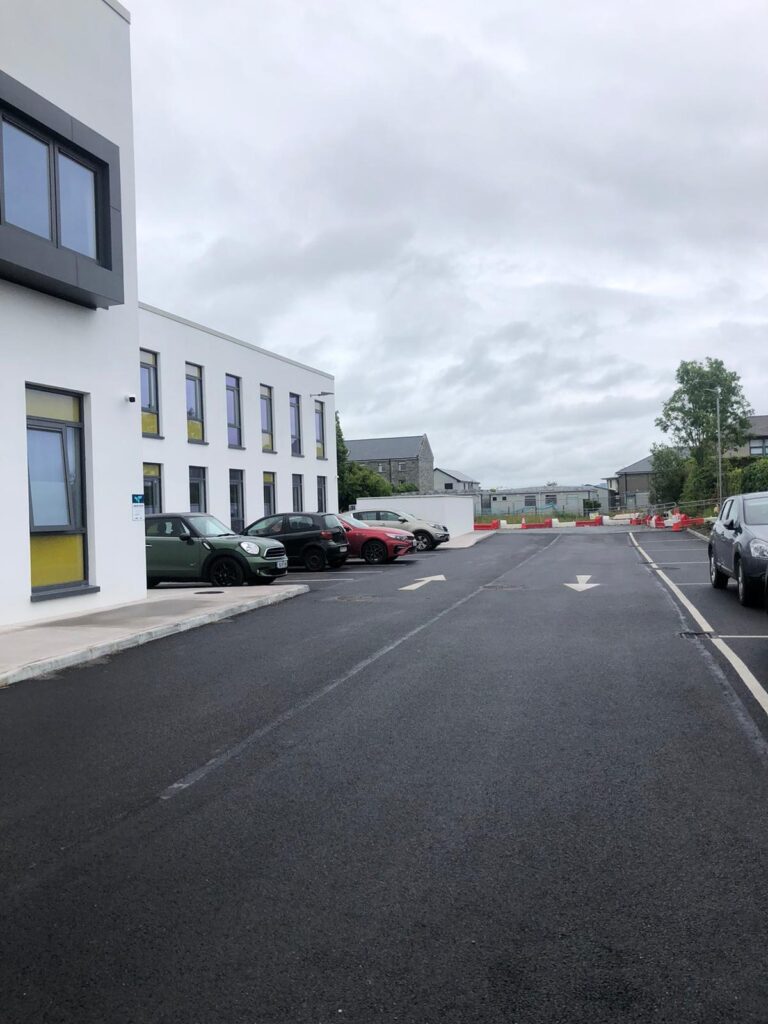
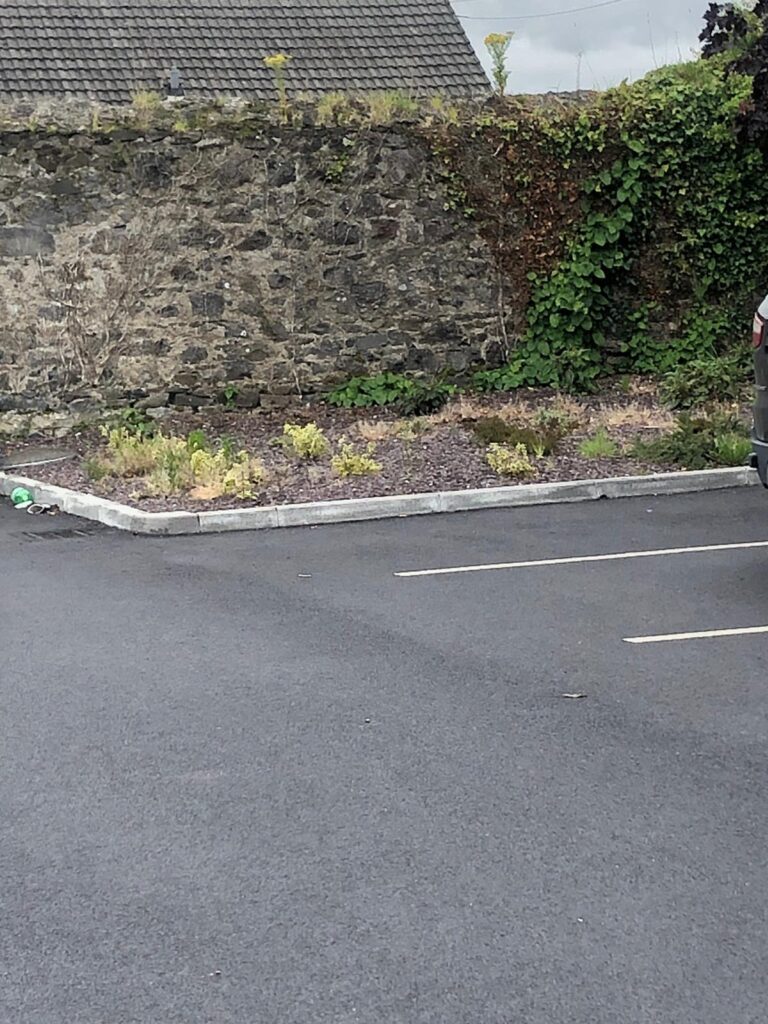
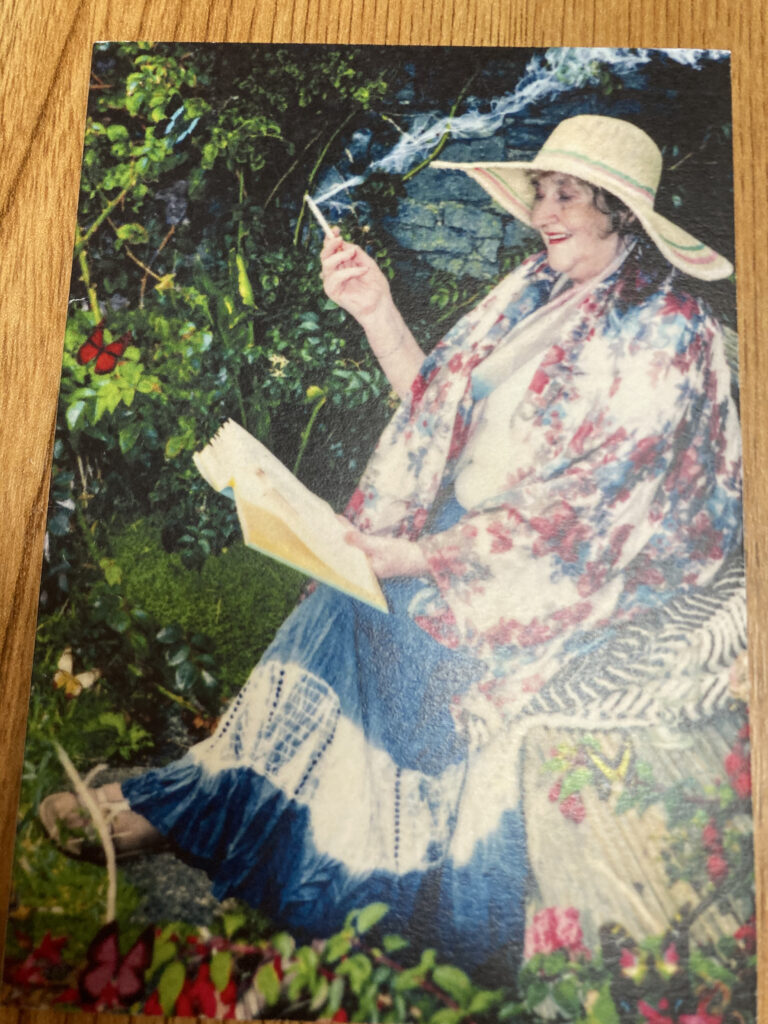
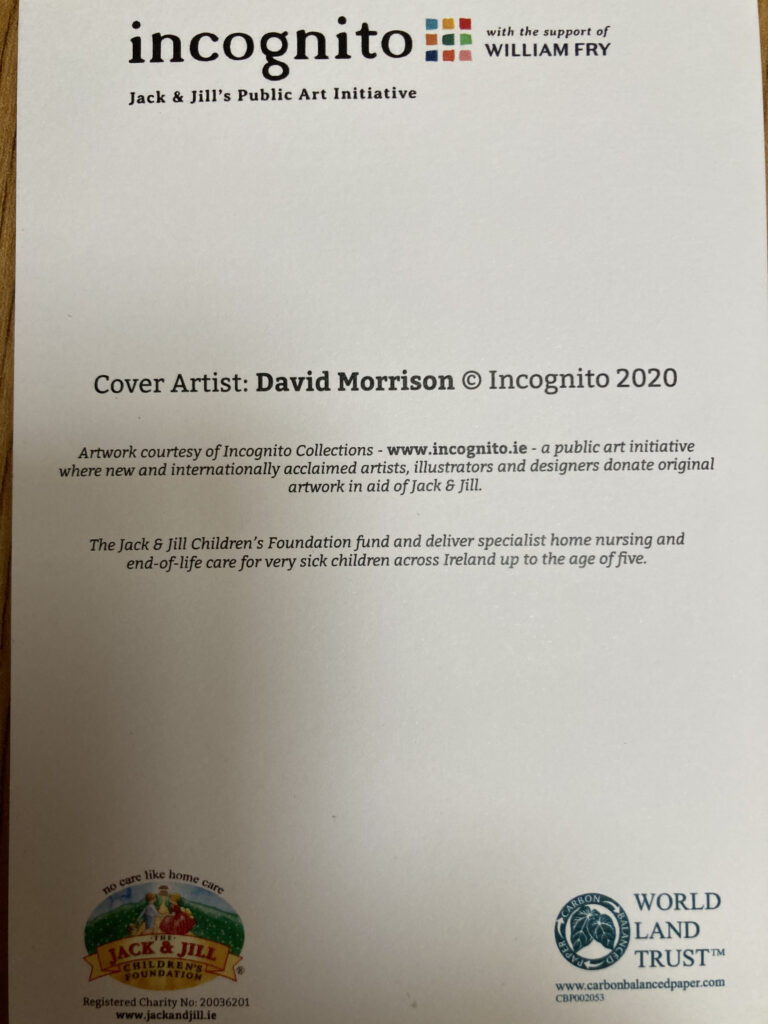
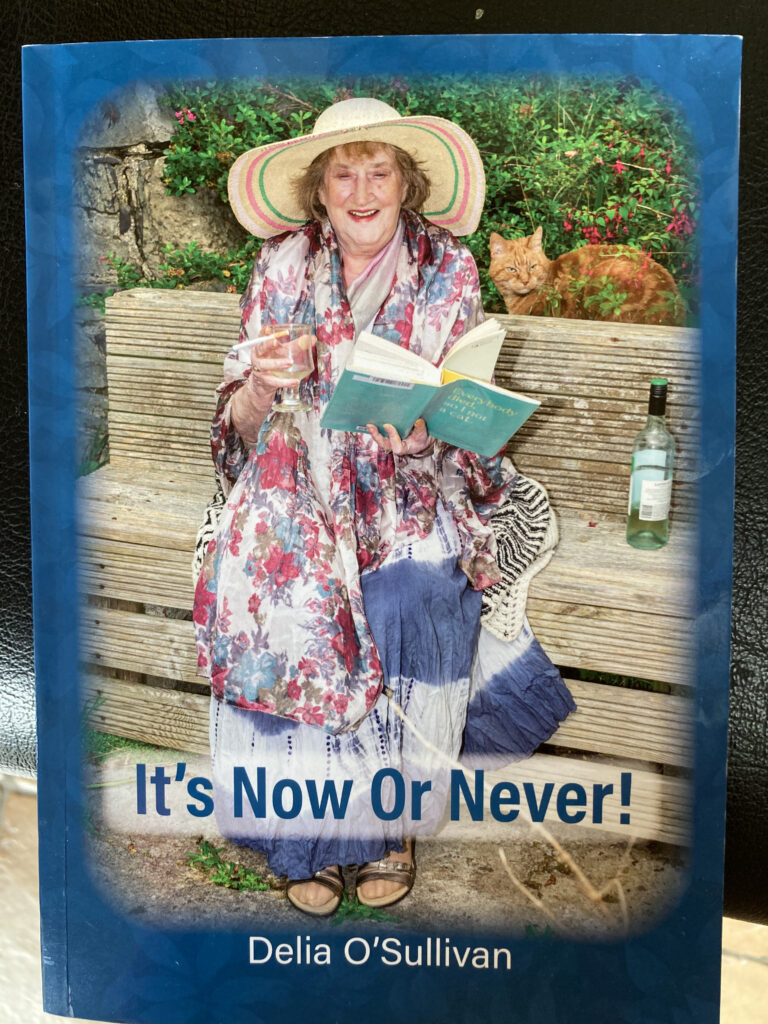
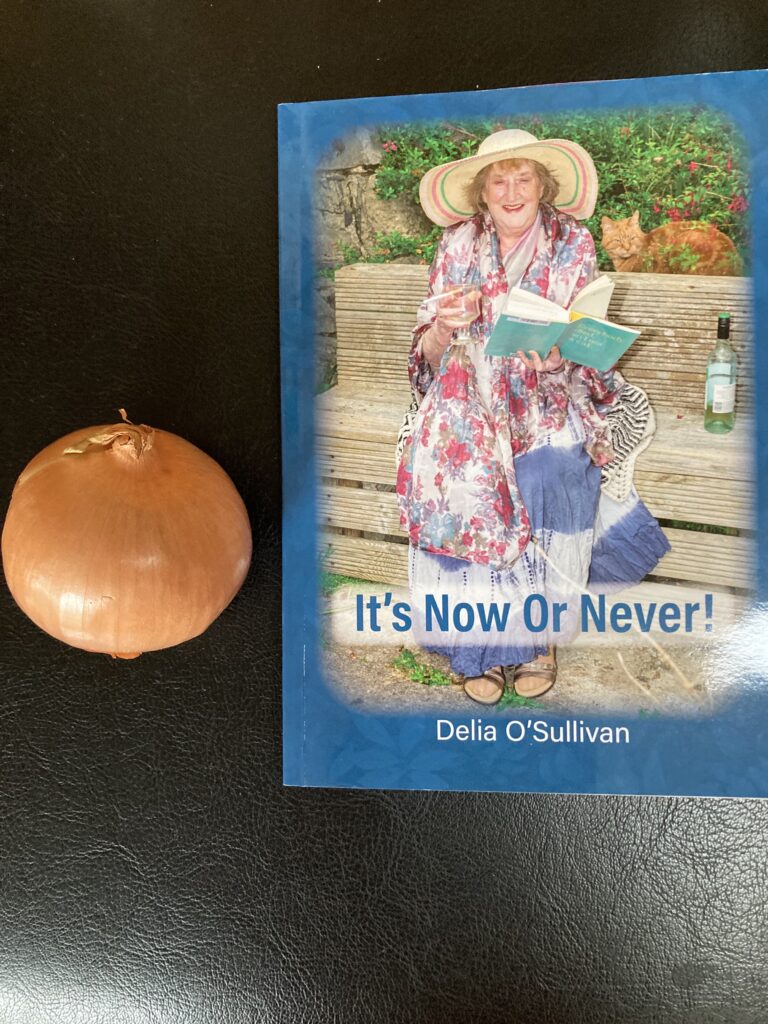
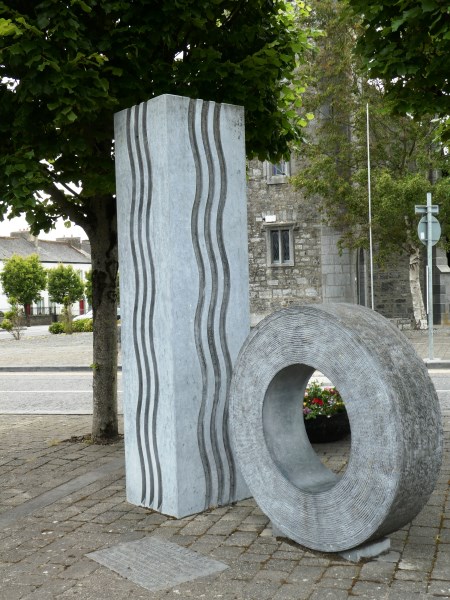
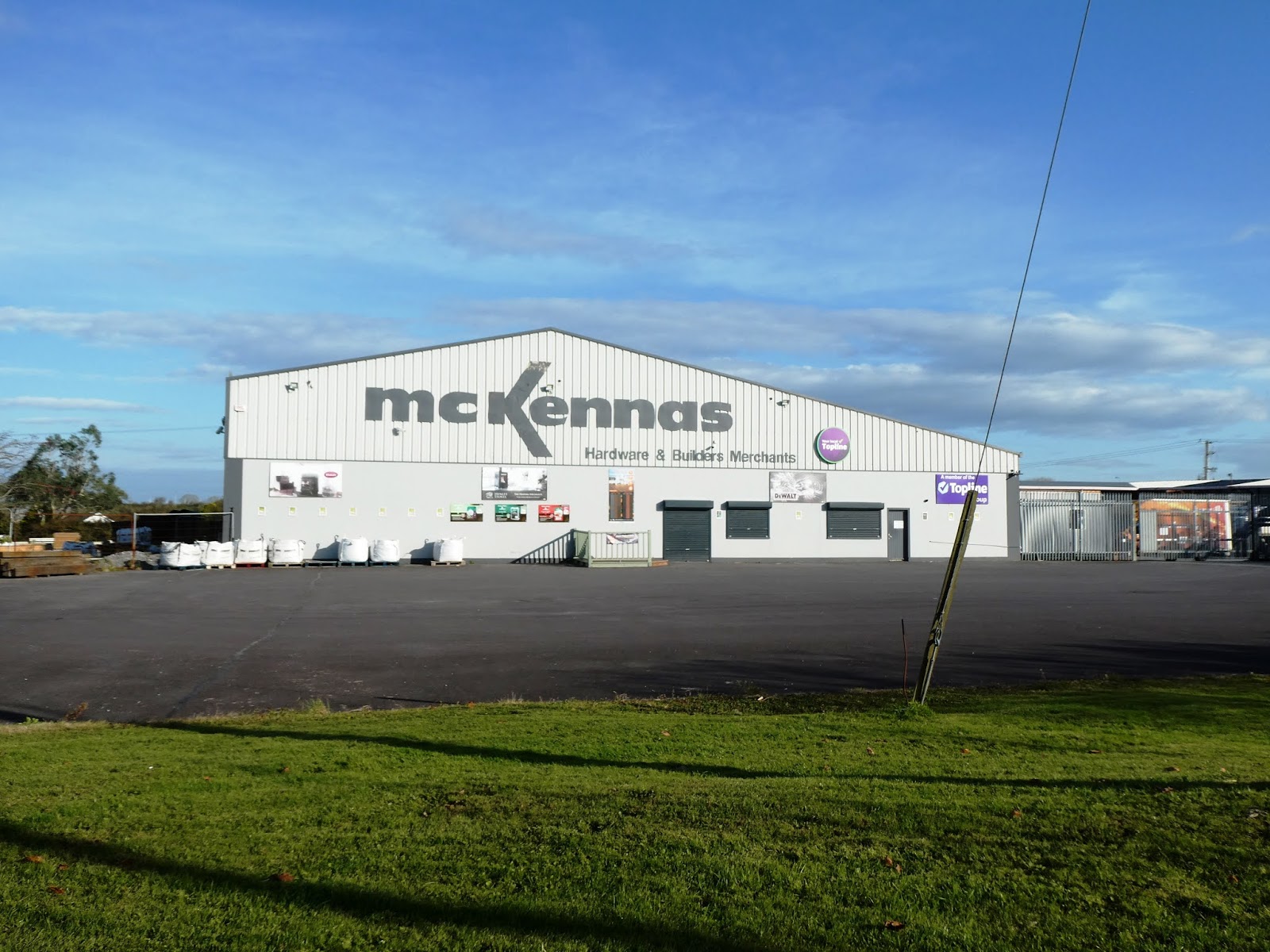
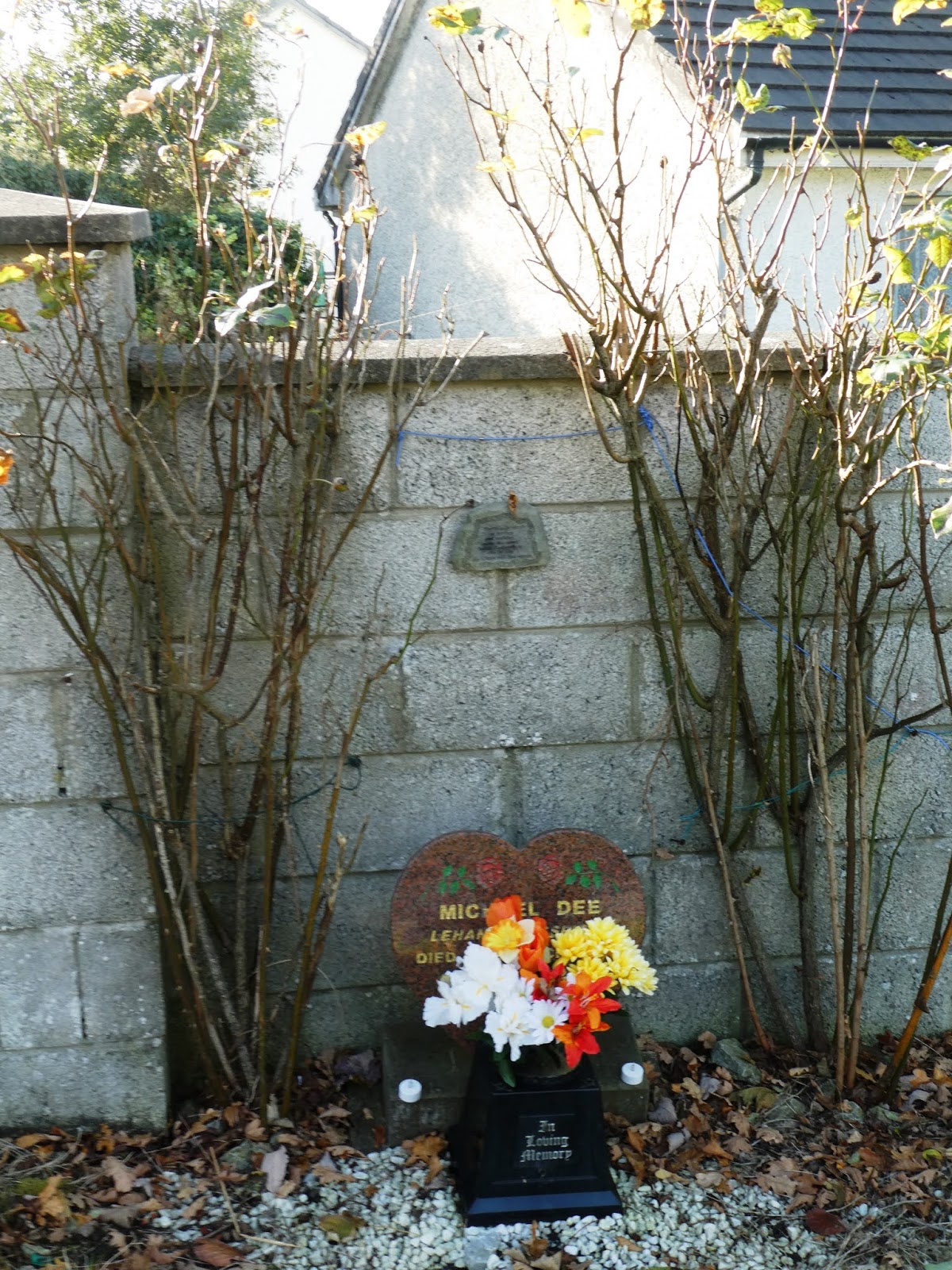
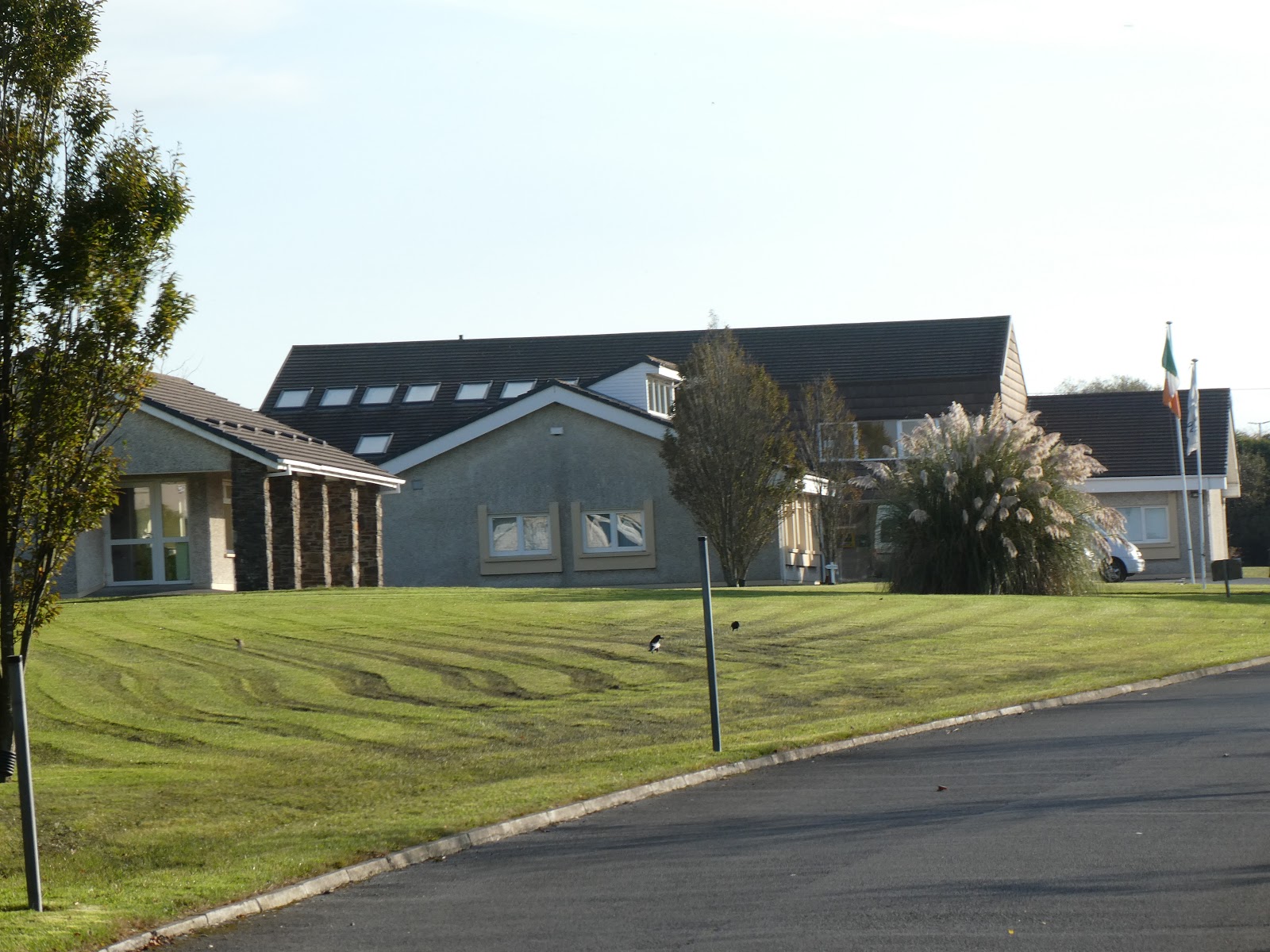
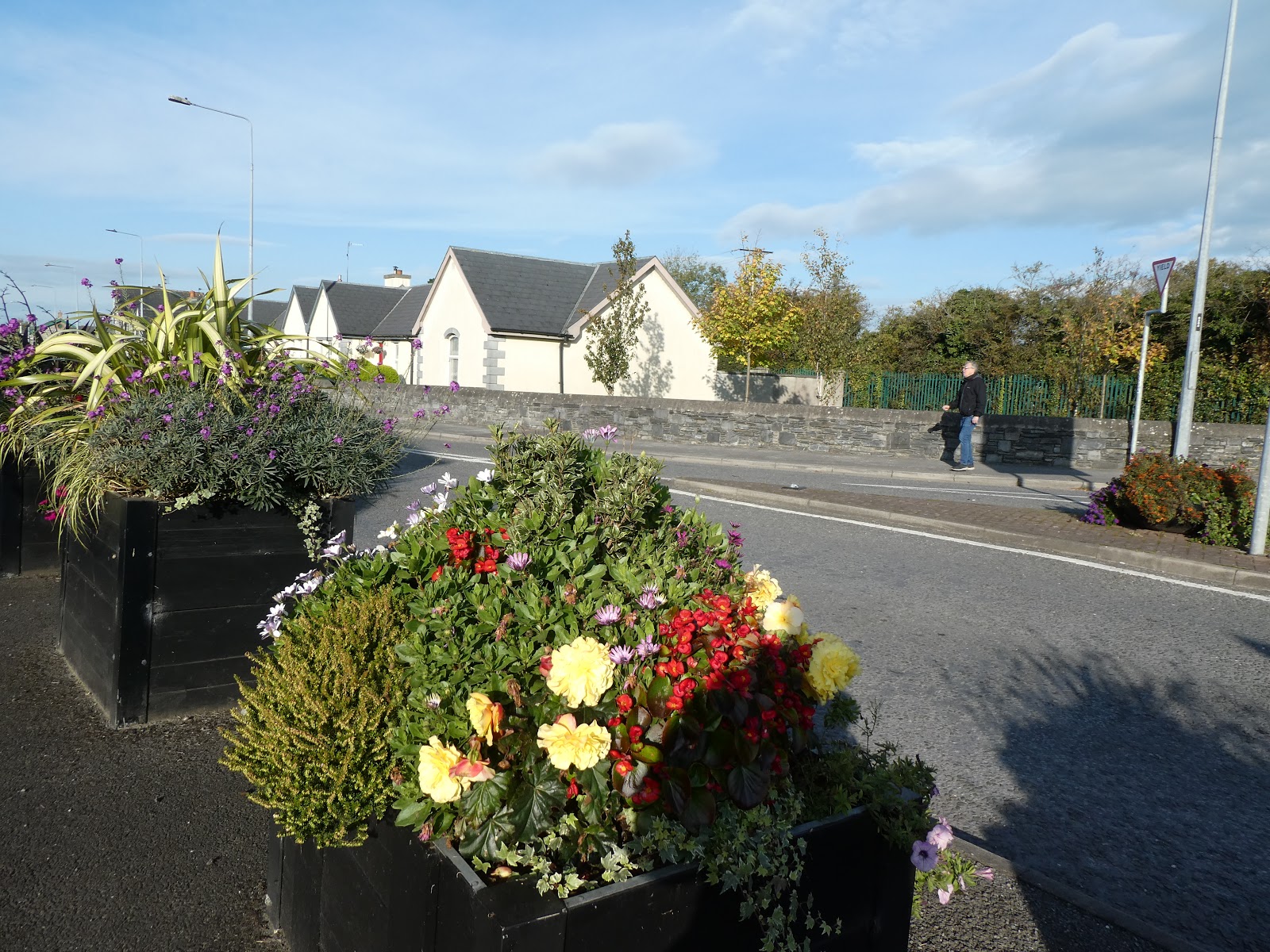
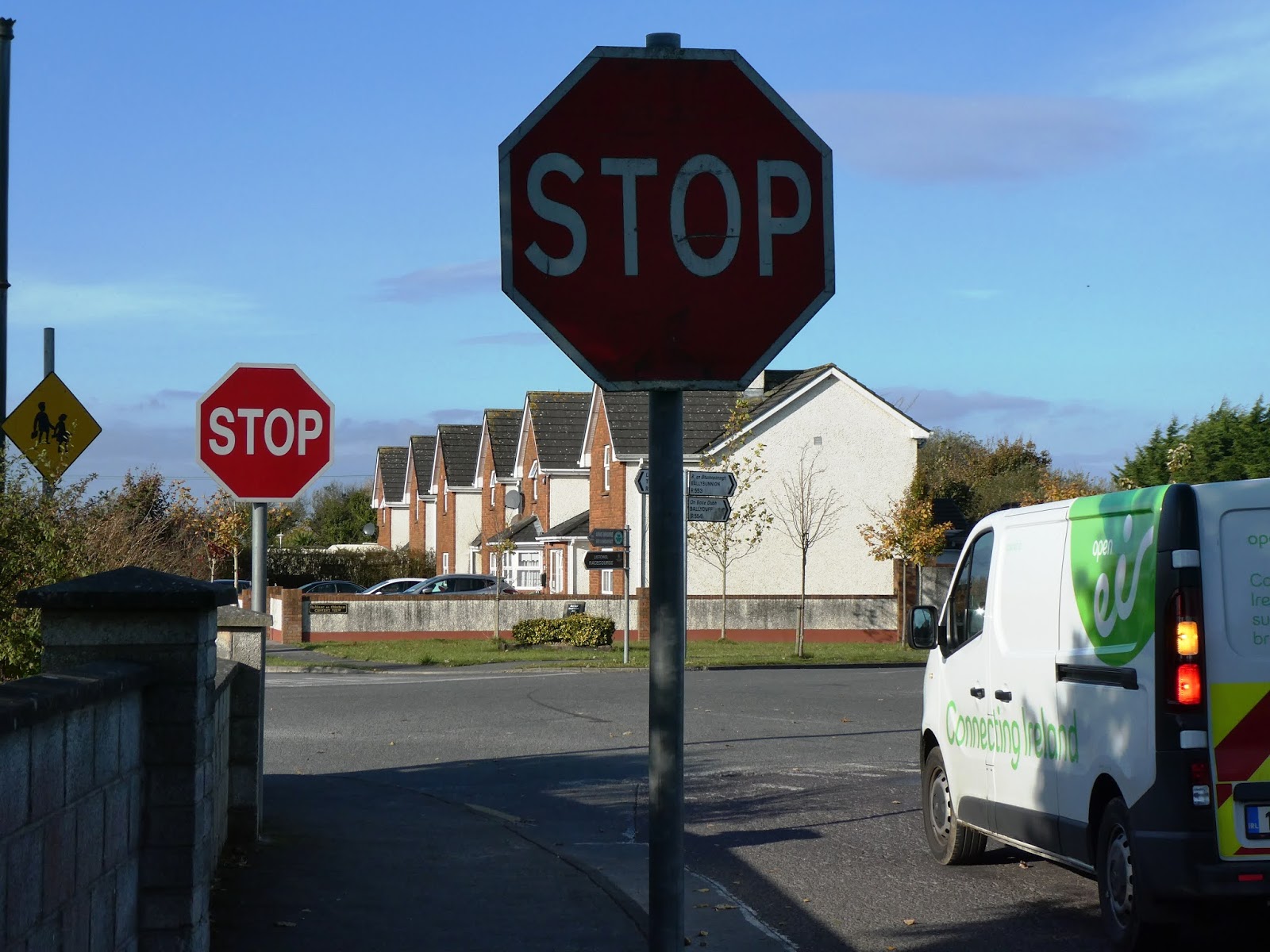
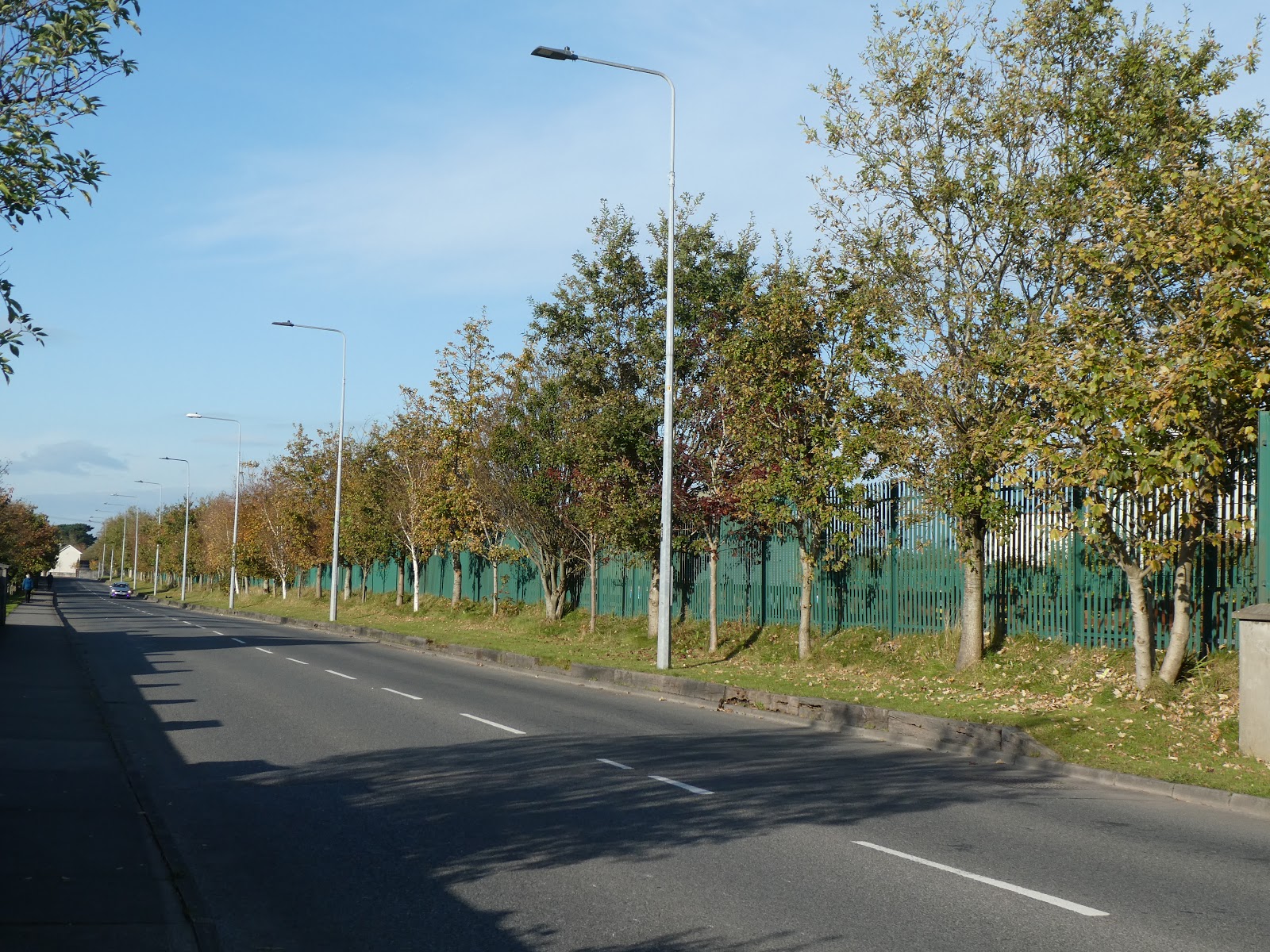
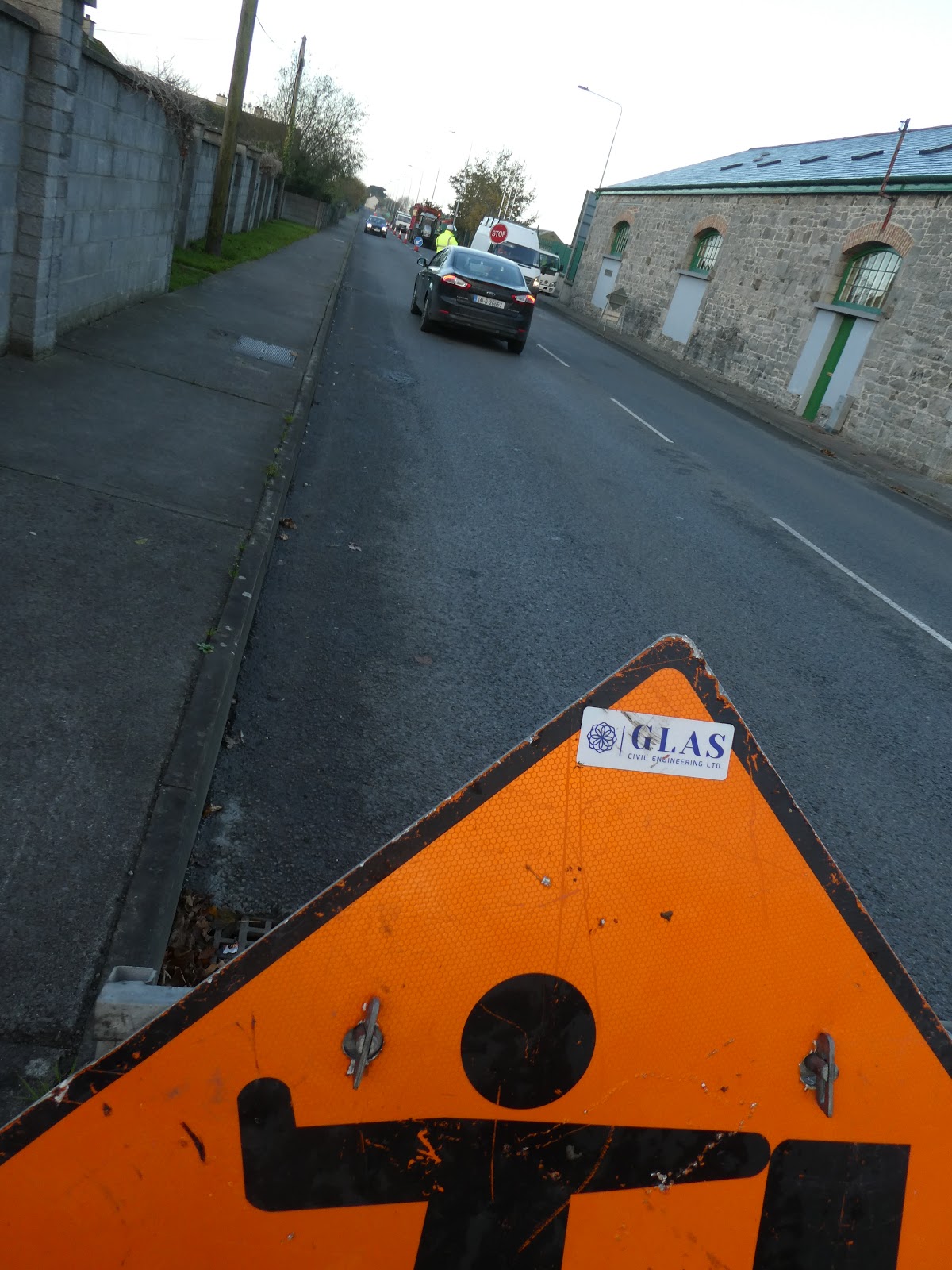
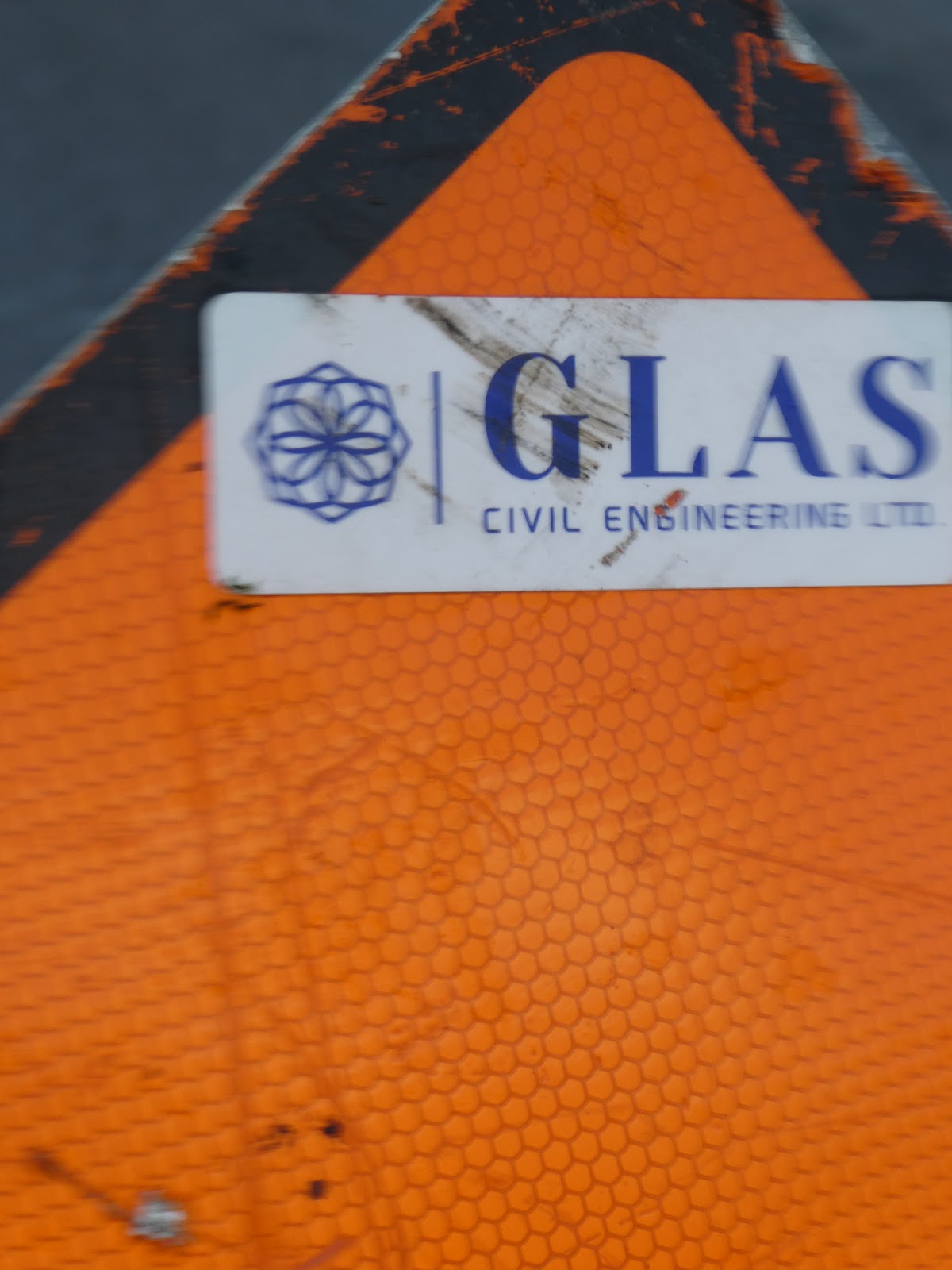
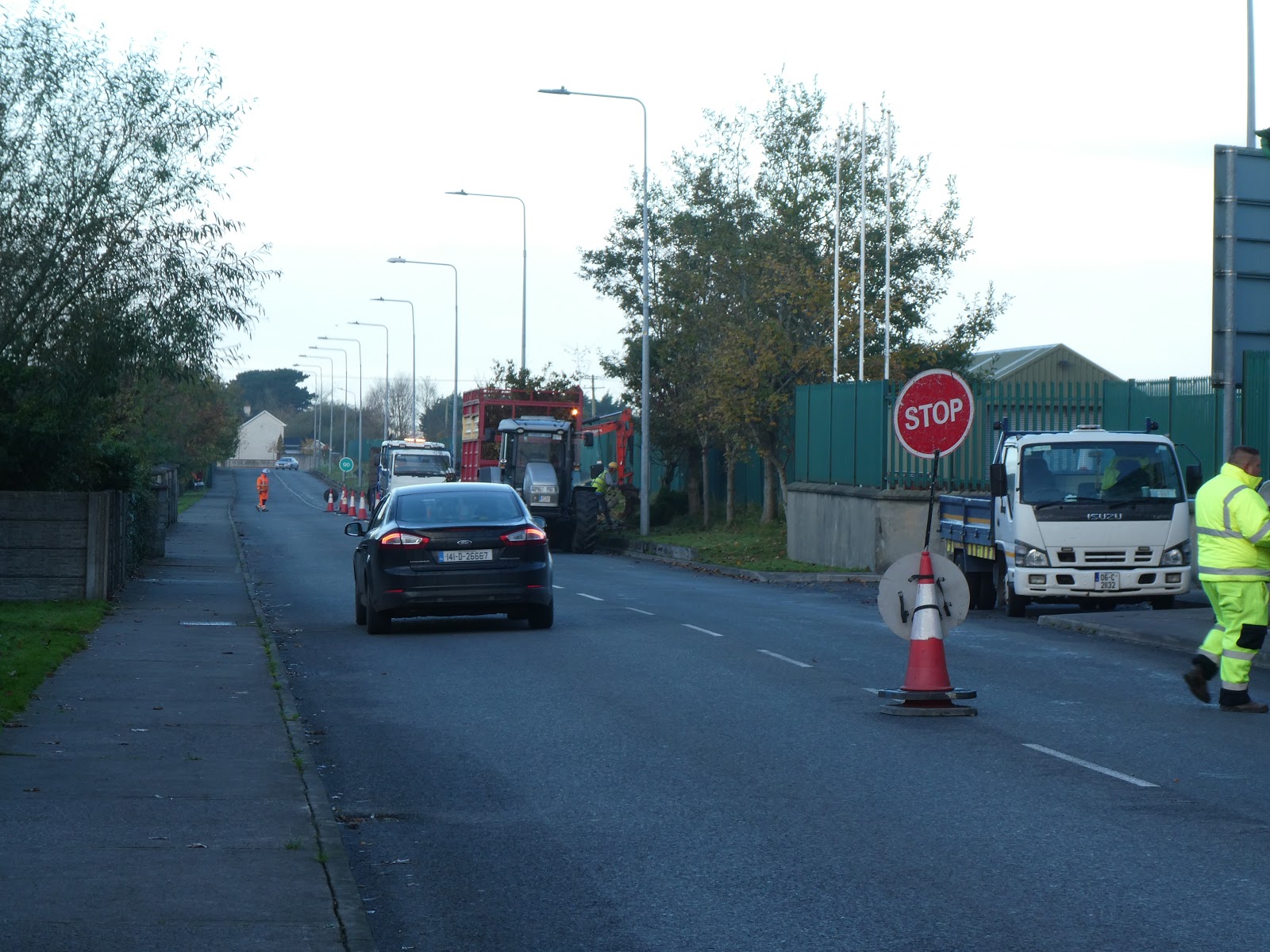
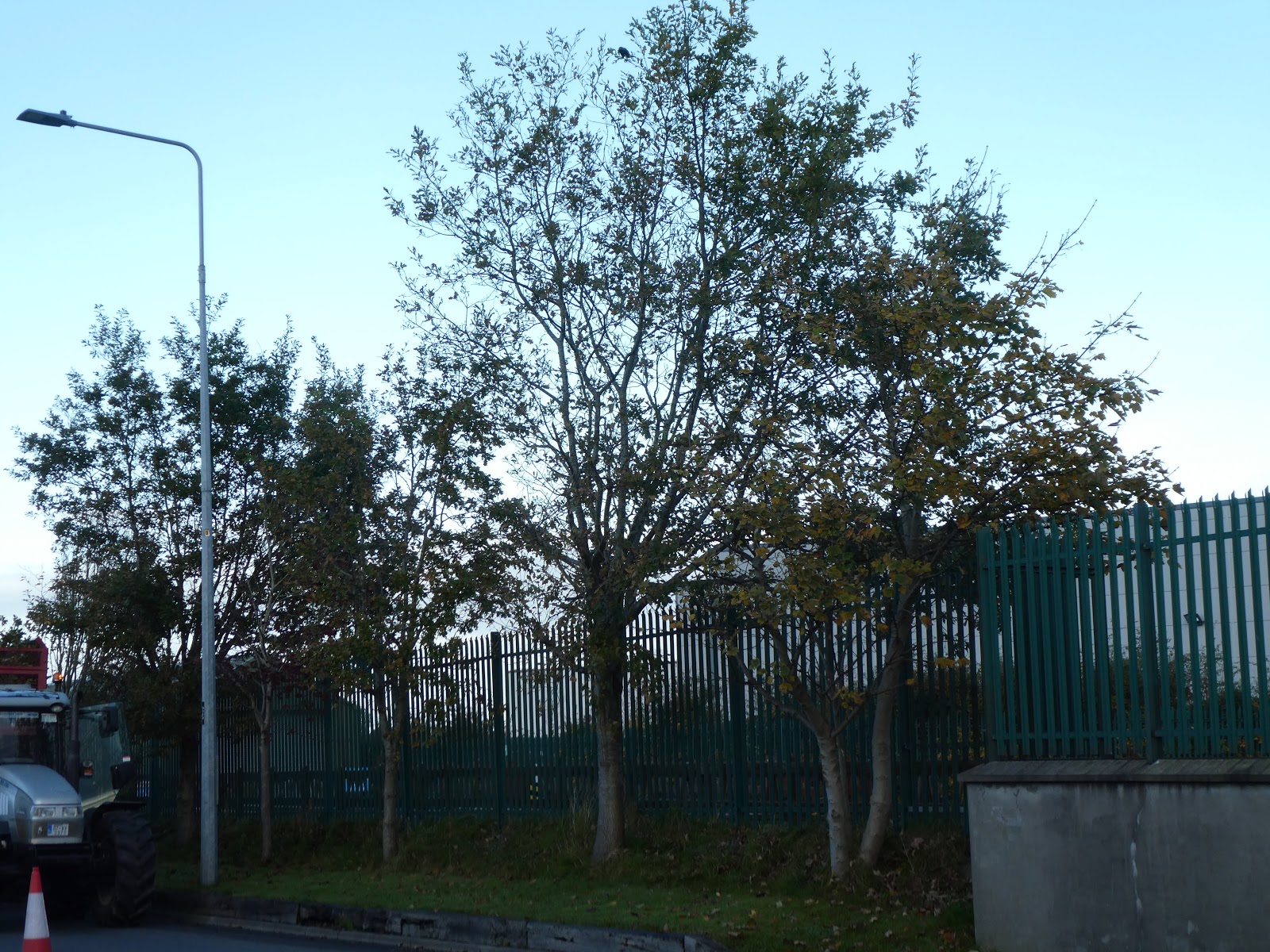
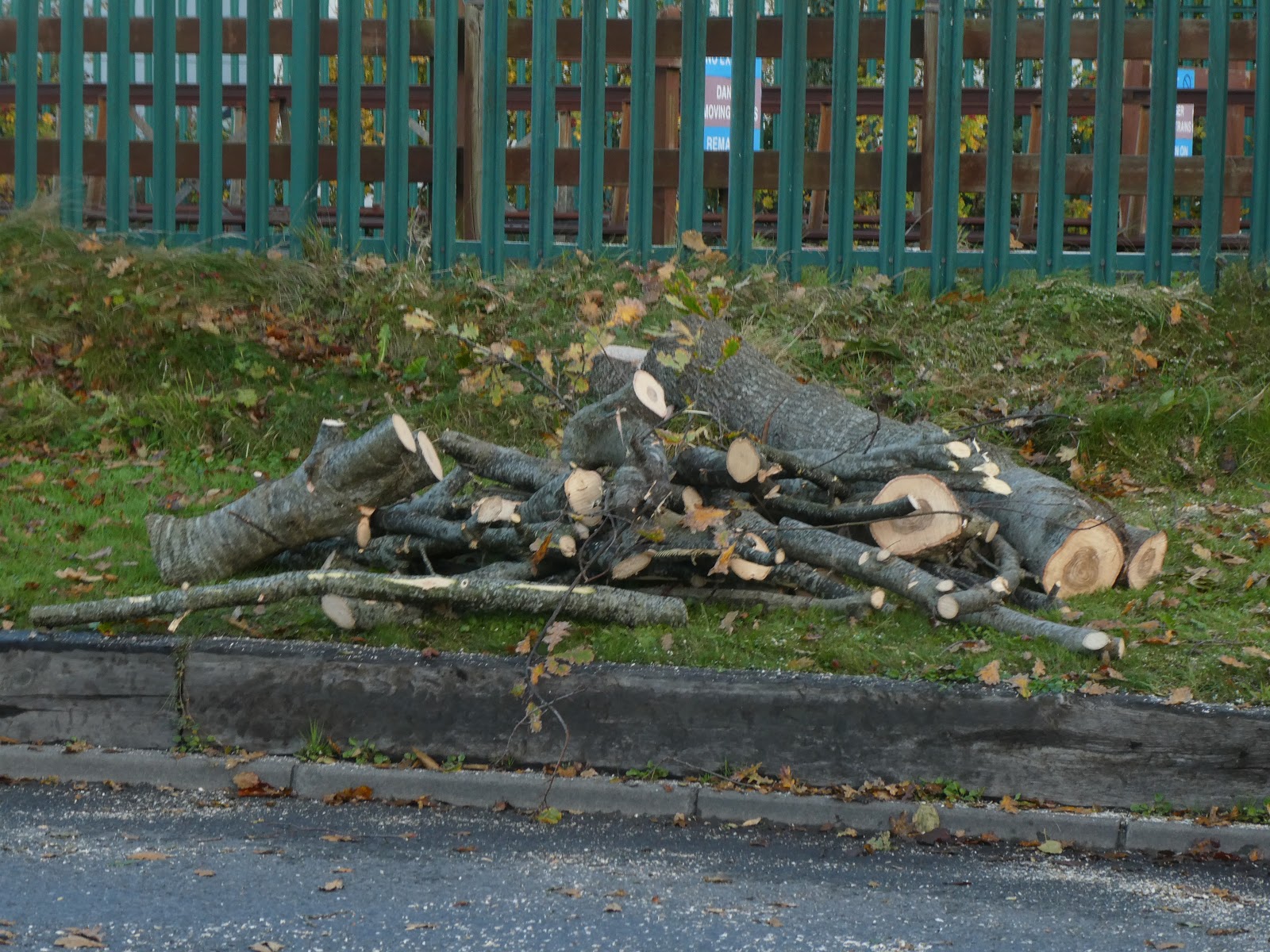
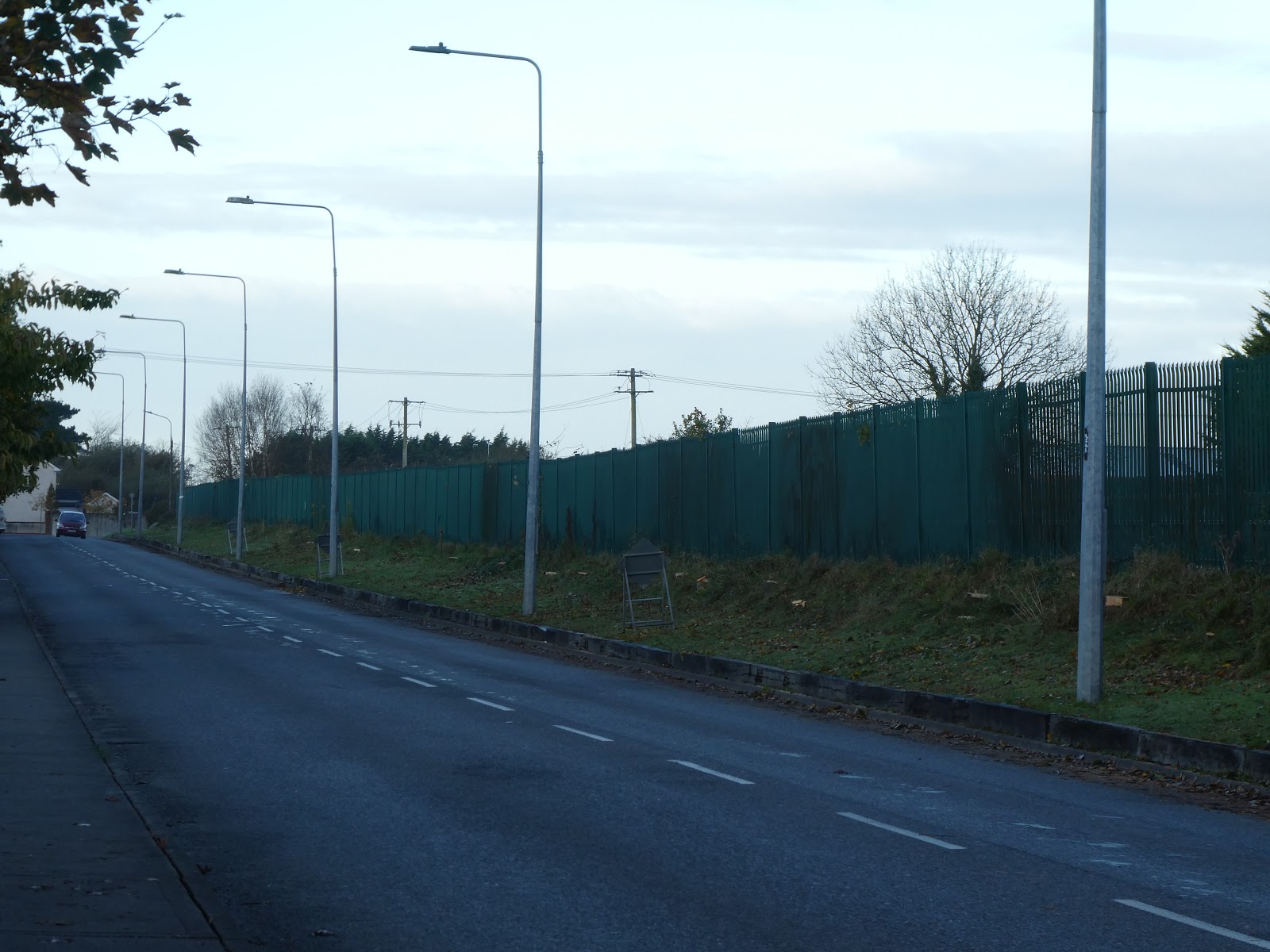
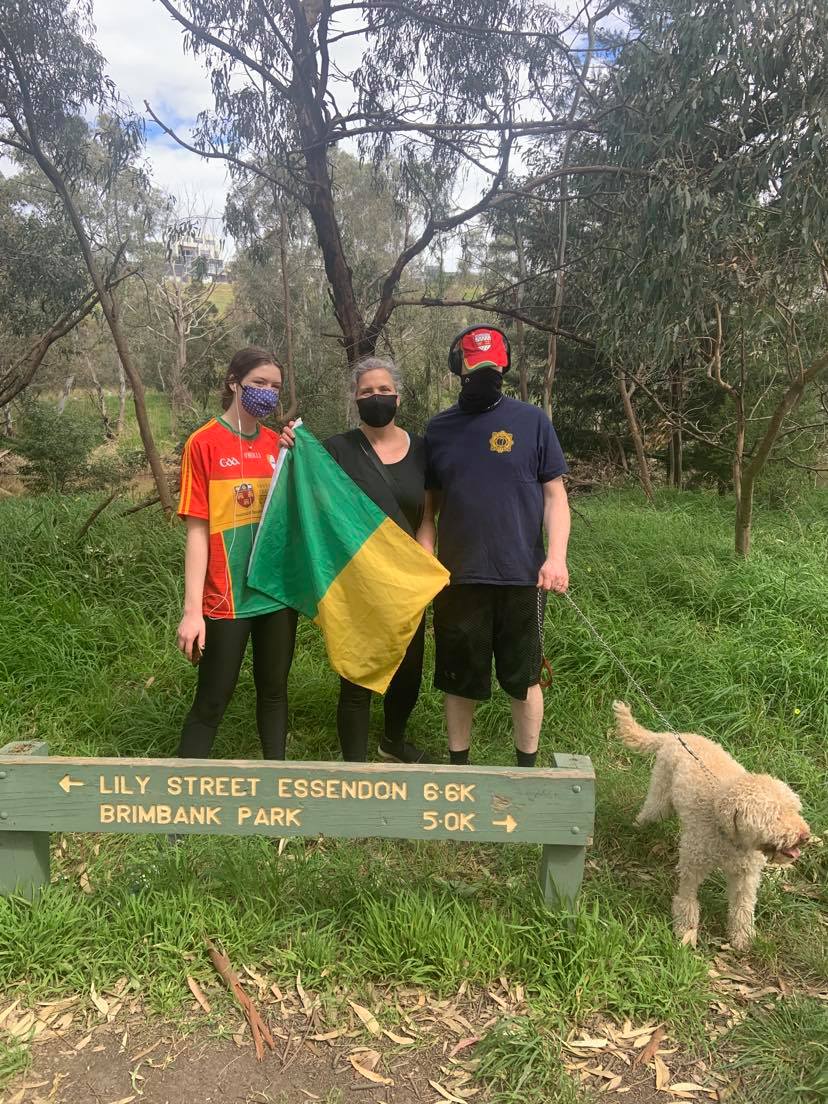
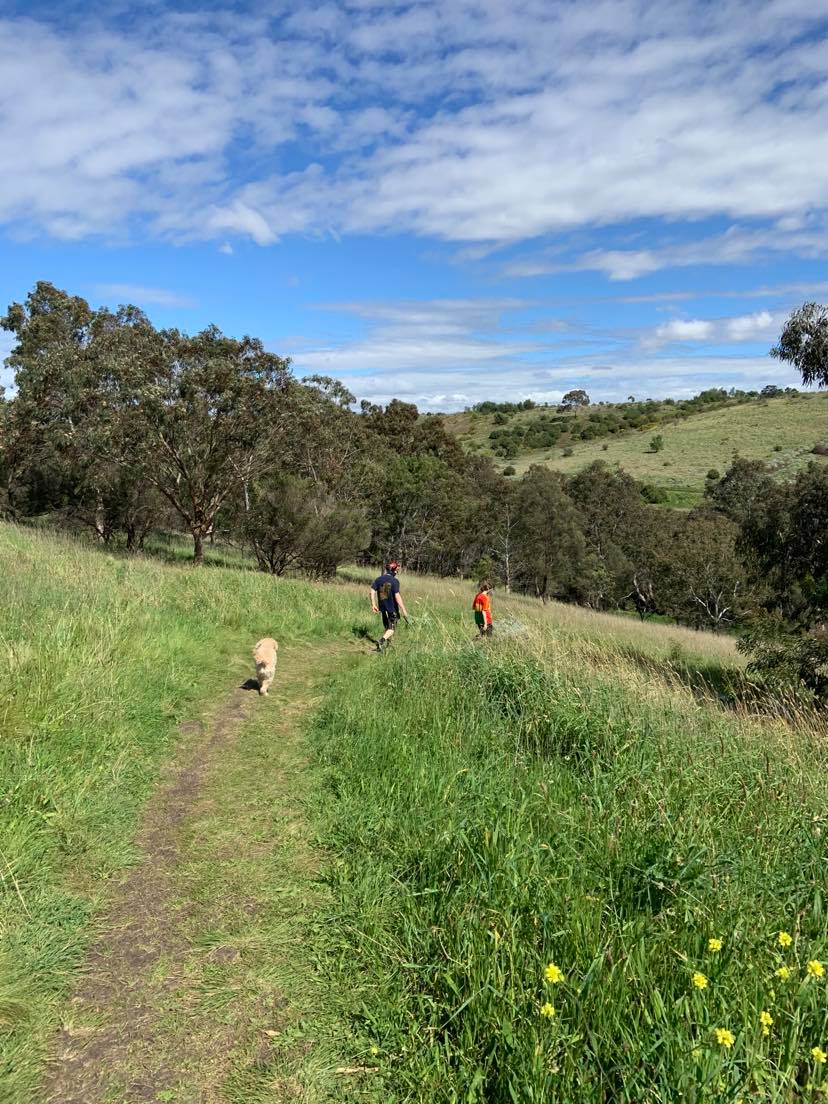
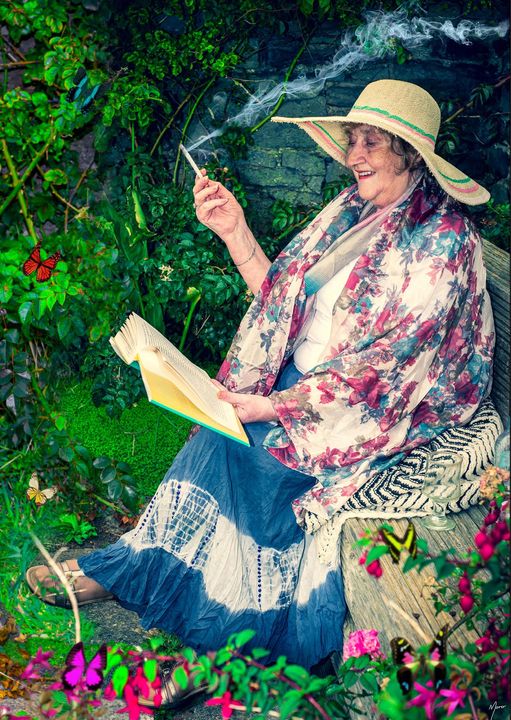
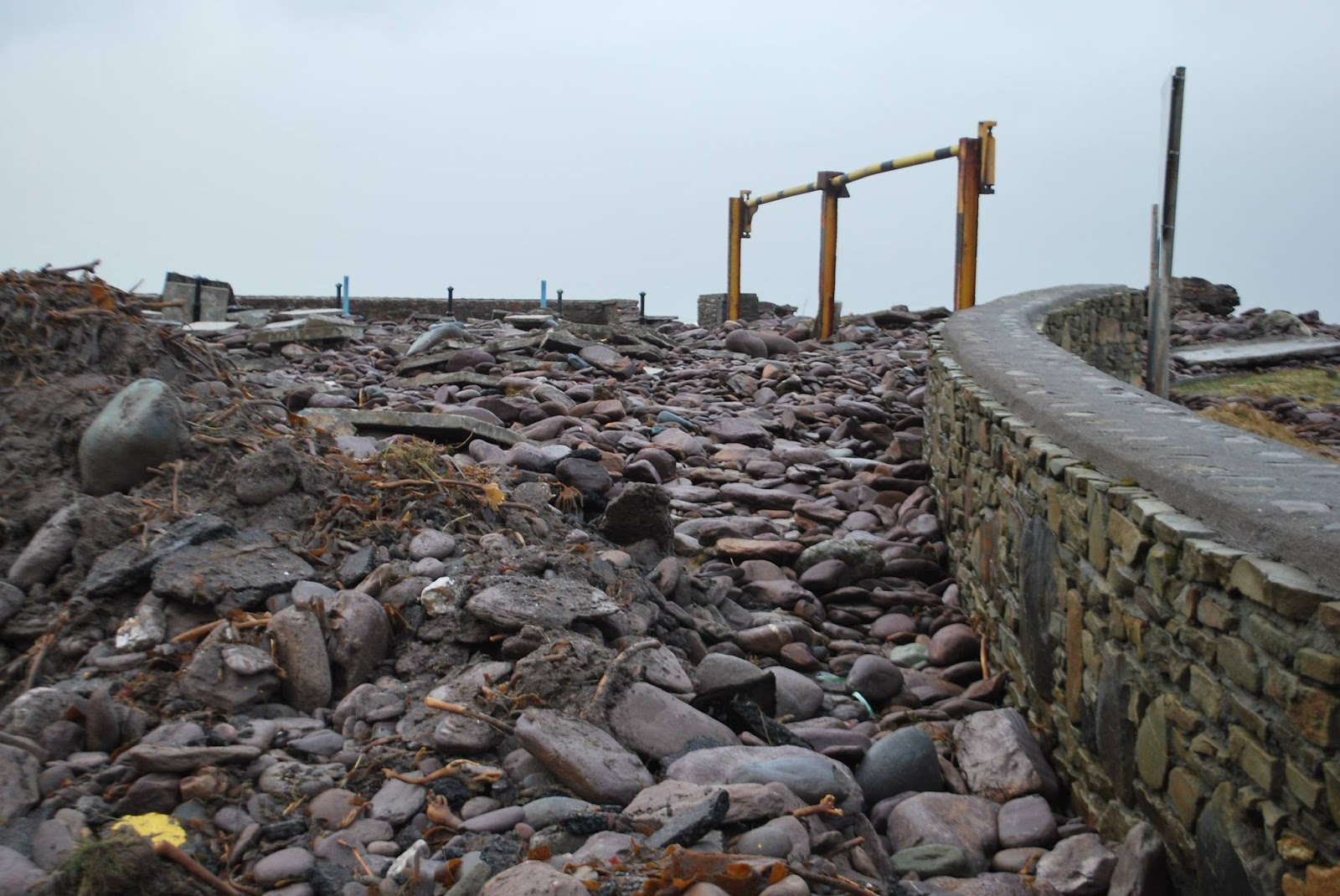
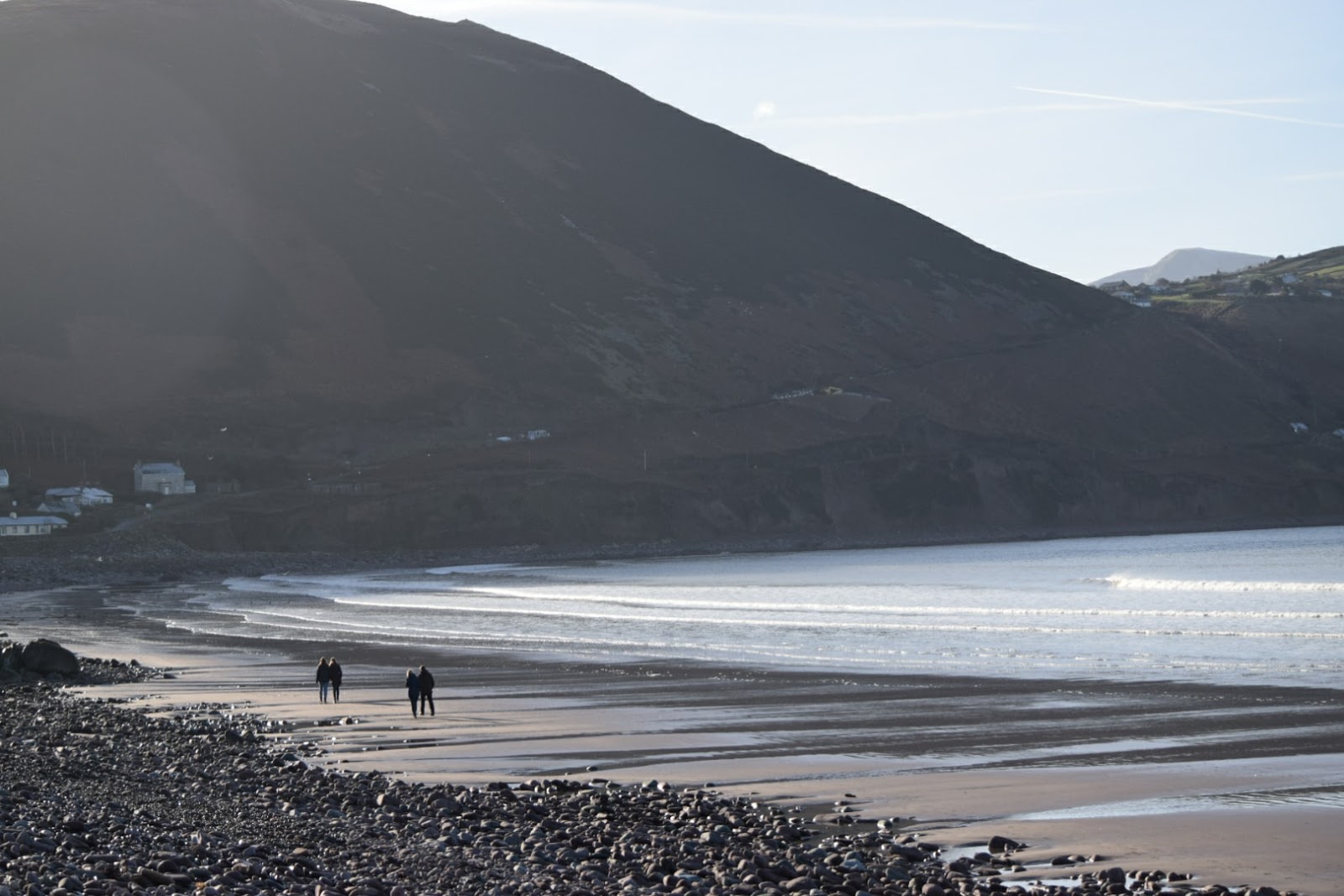
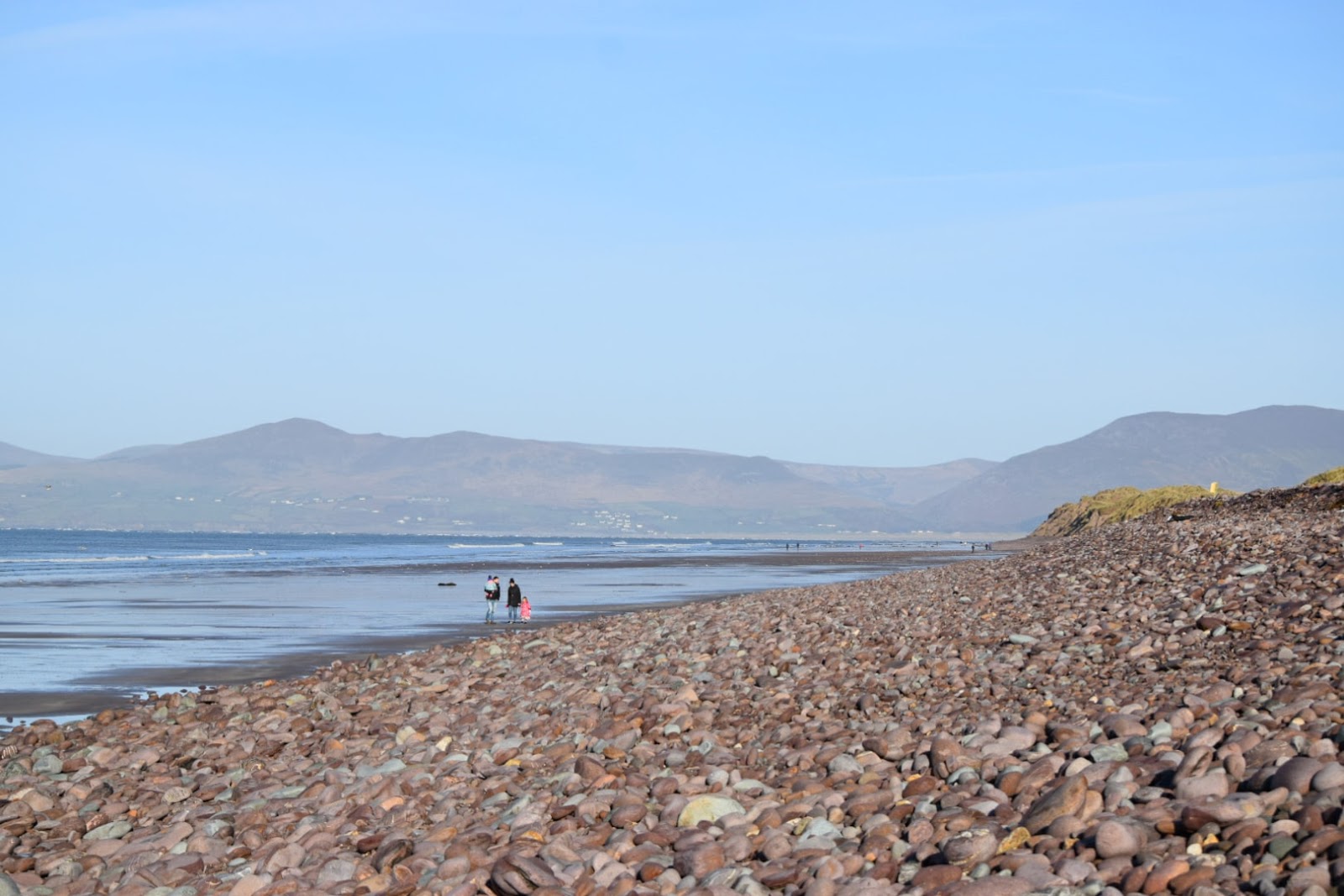
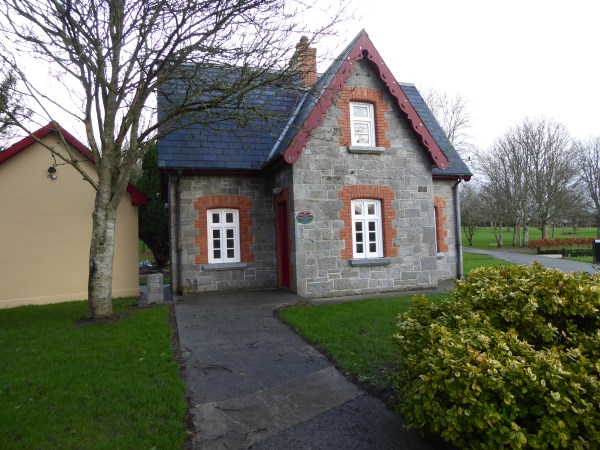
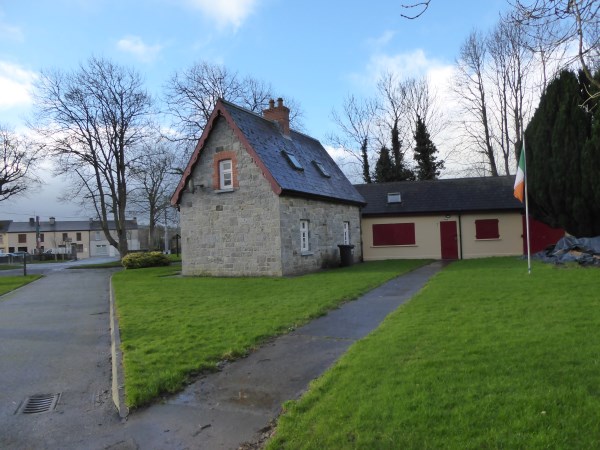
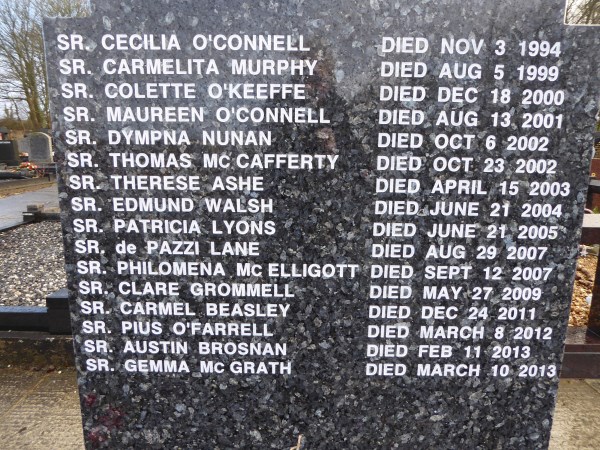
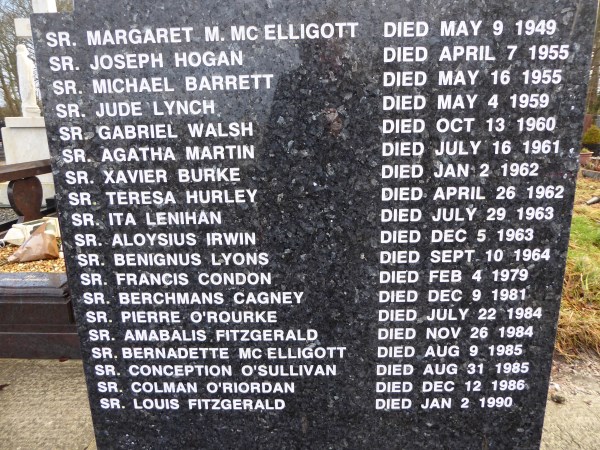
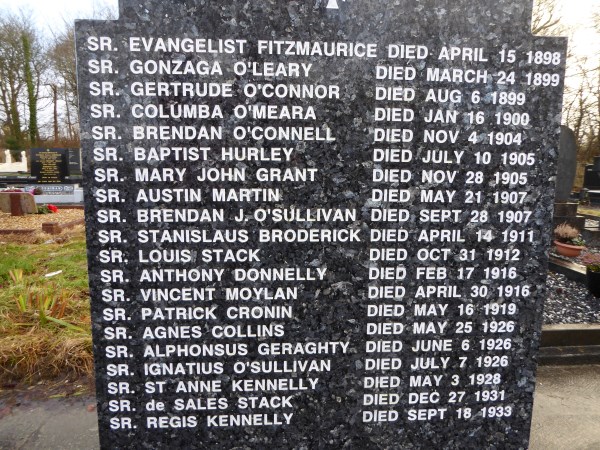
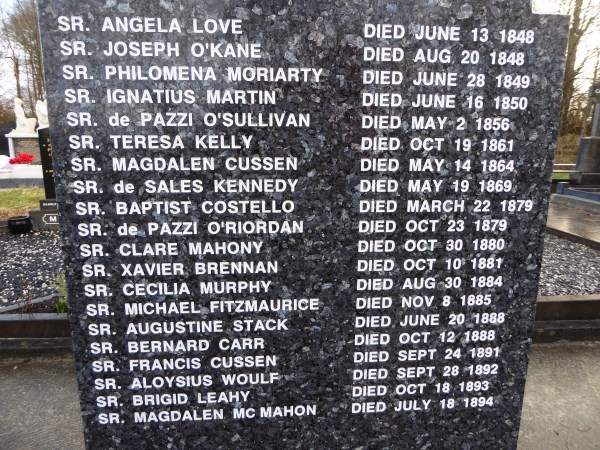
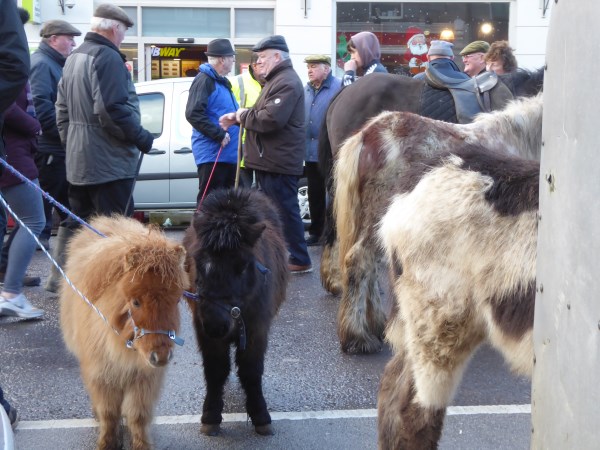
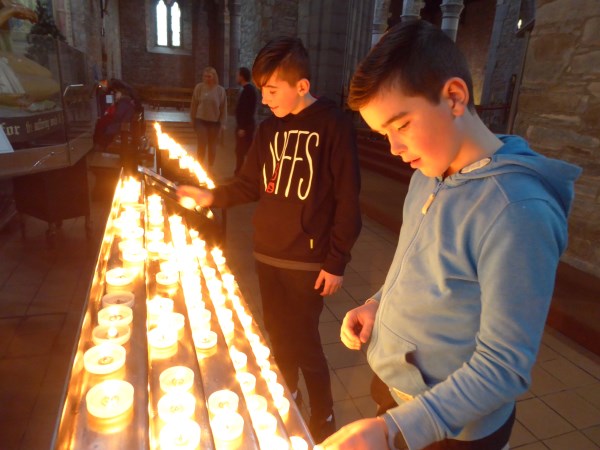
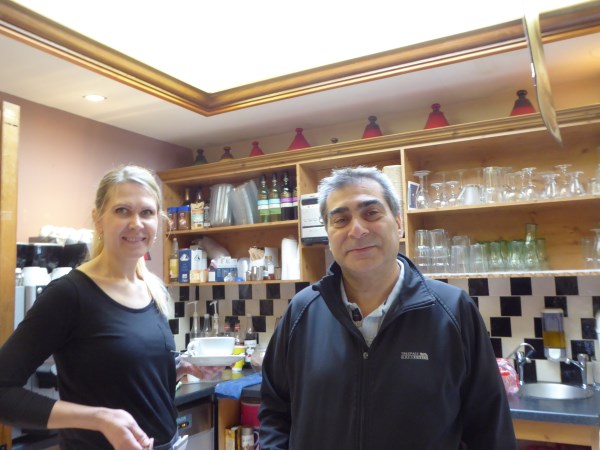
 ! Now live in snowbound Lithuania
! Now live in snowbound Lithuania  Happy New Year -Patrick McCrea”
Happy New Year -Patrick McCrea”